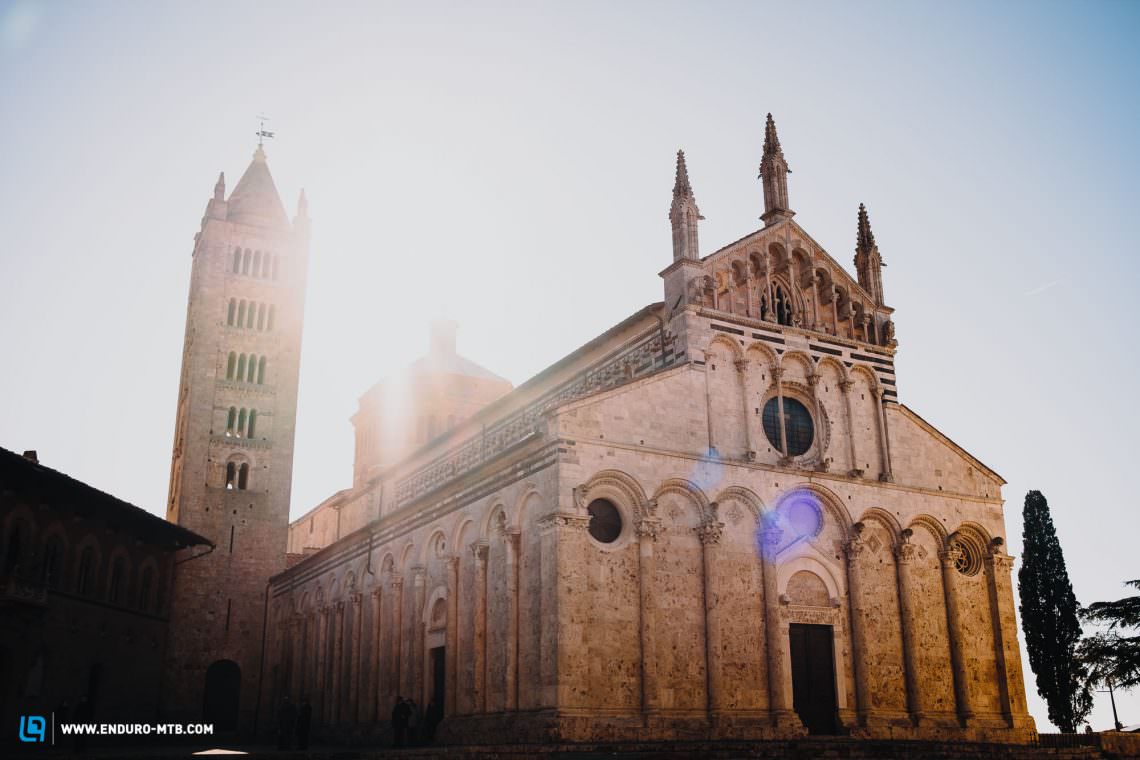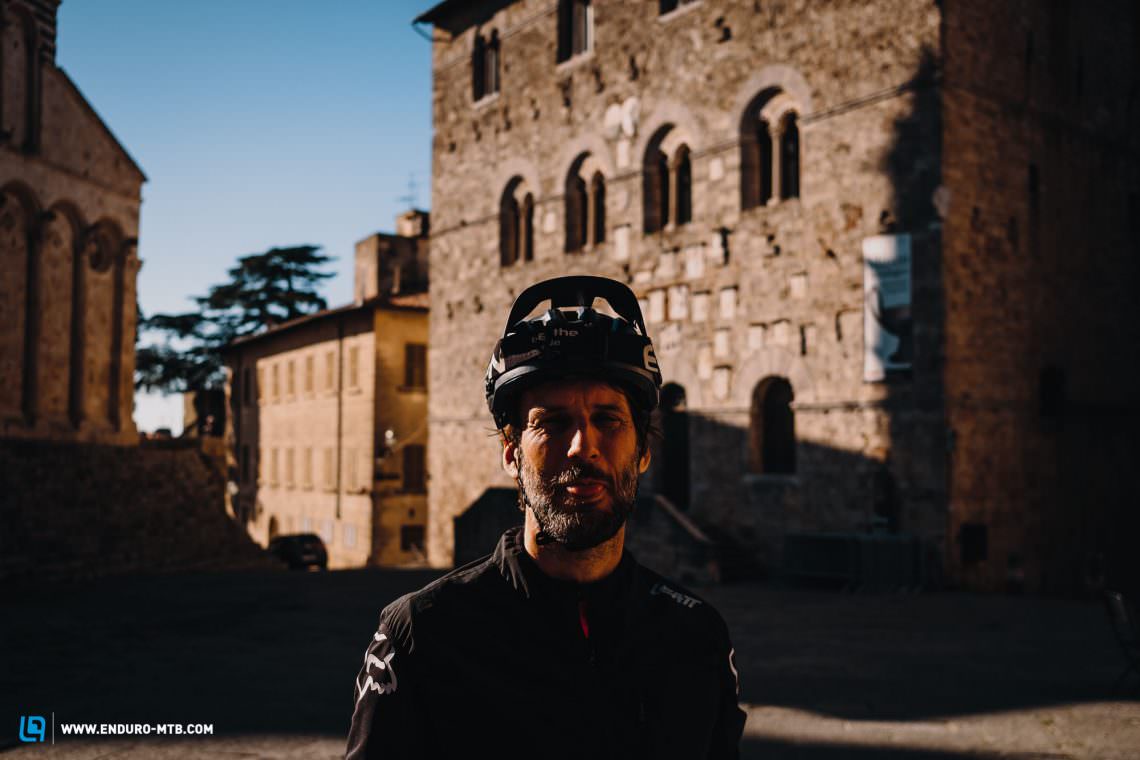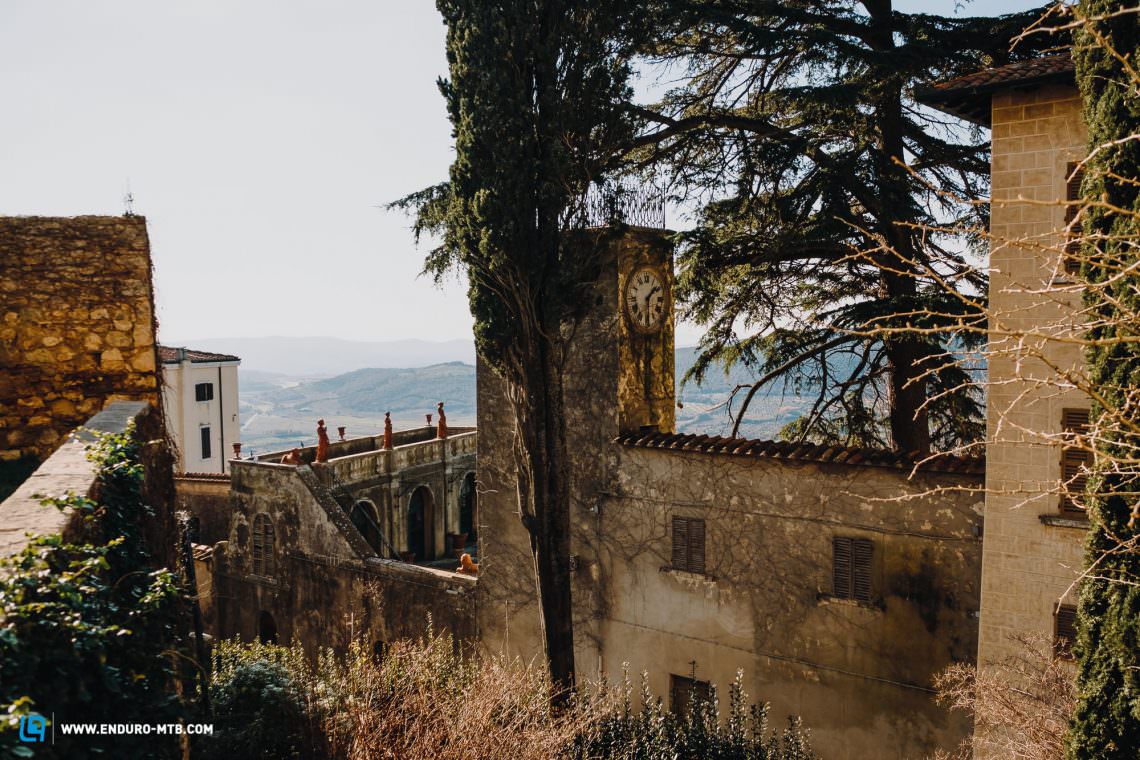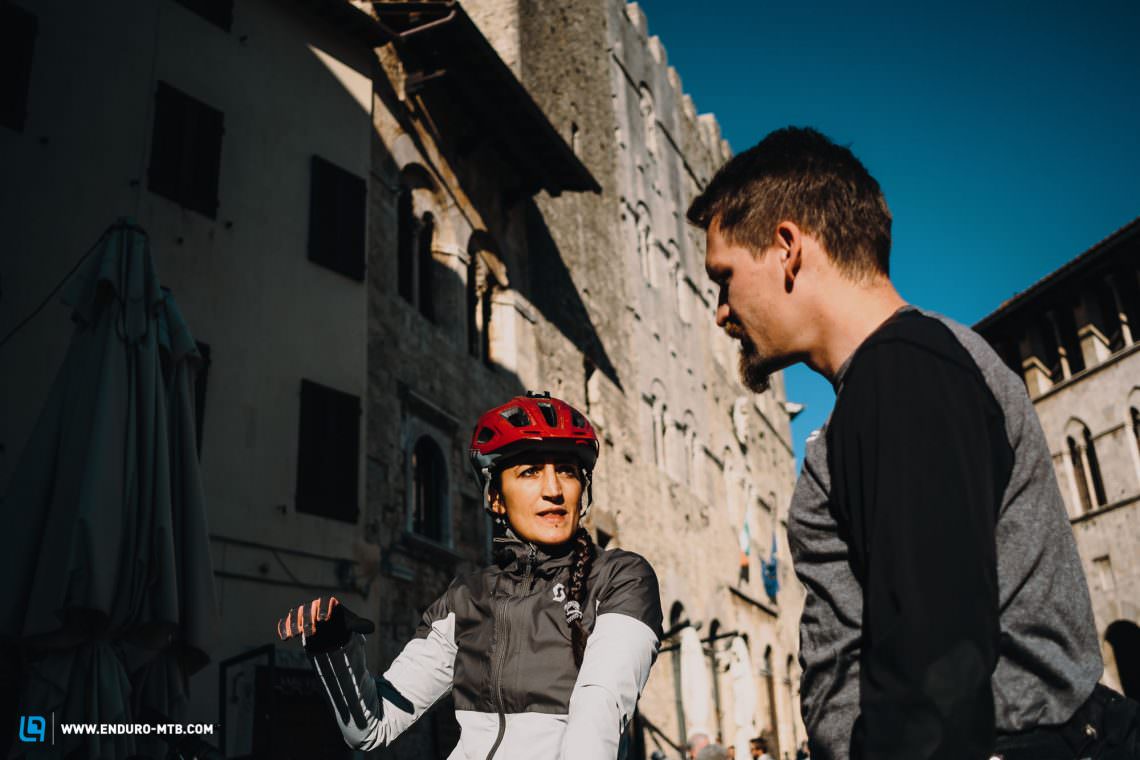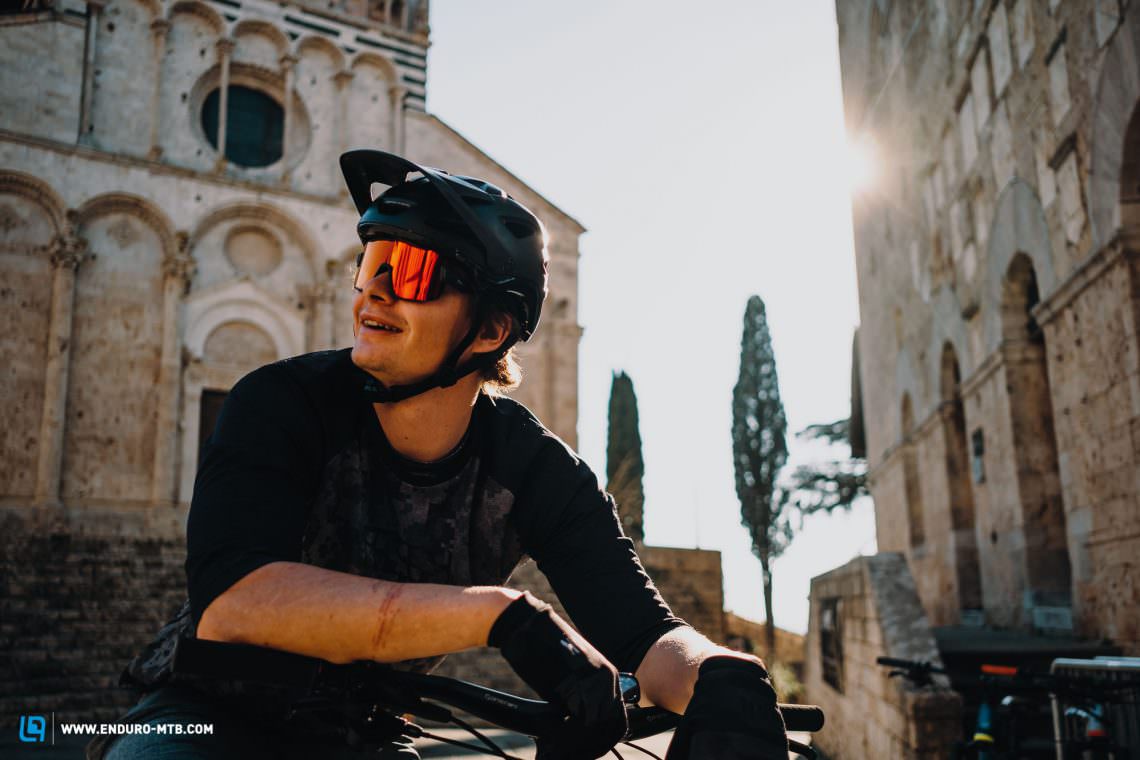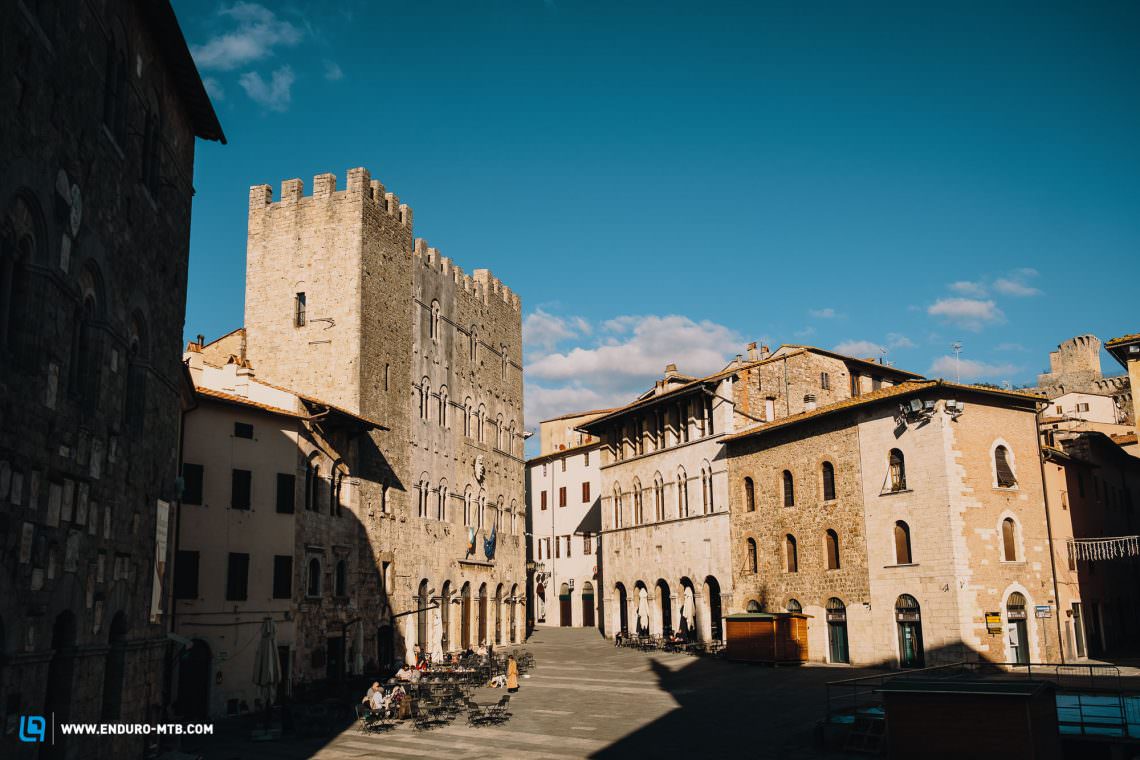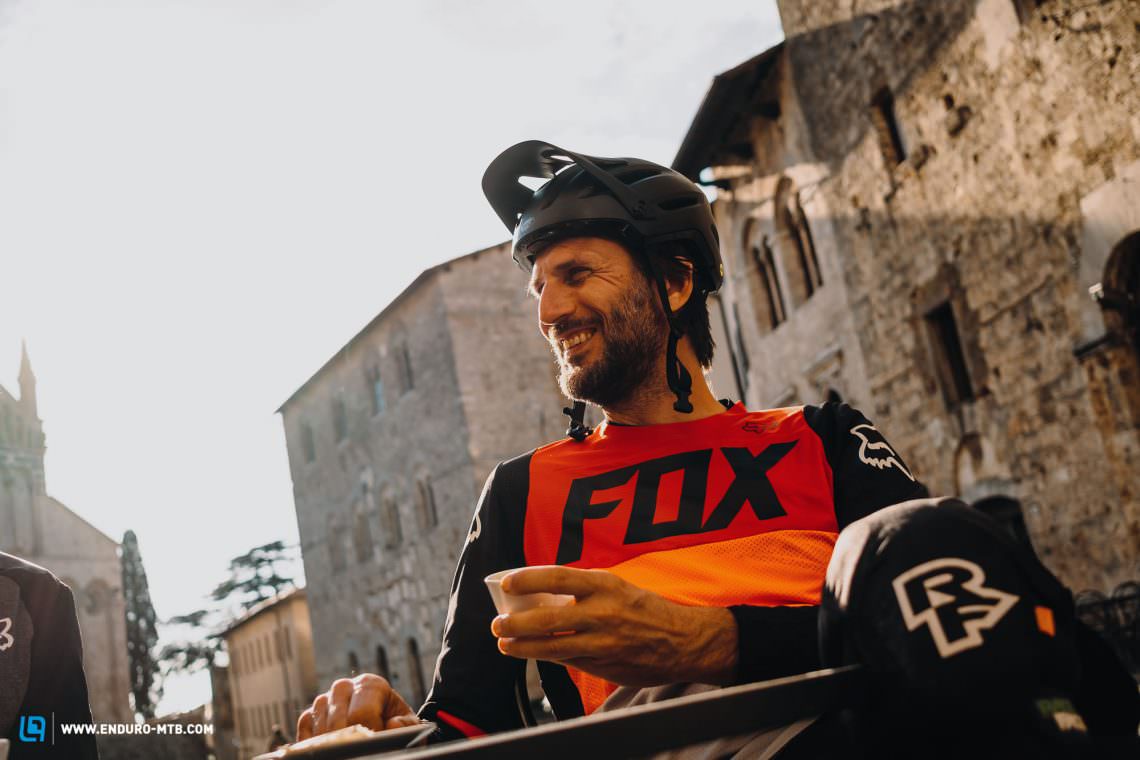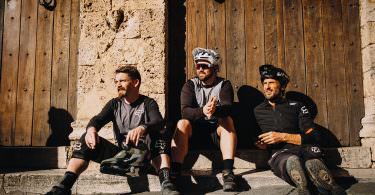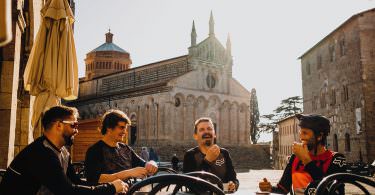Trail bikes are the undisputed all-rounders of the bike industry. In this group test, we review 15 of the most exciting models of the season. Alongside our Best in Test and best buyers tips, we also discovered what is probably the biggest revolution in the mountain bike segment for 2020!
Note: This group test is from 2020. In the meantime we published a more recent group test with 22 mountain bikes for trails, tours and adventures in review. Enjoy the read!



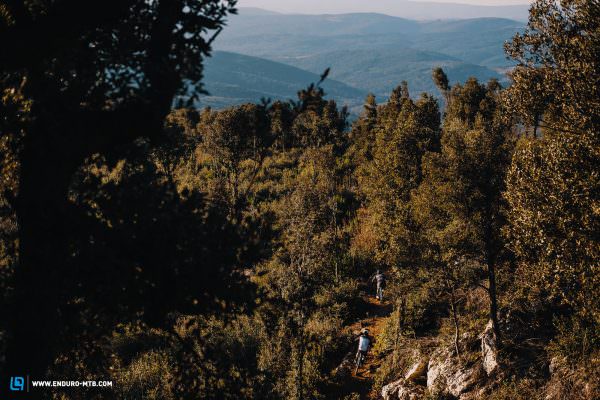
The bike industry has spent many years categorising bikes. For a long time this made a lot of sense, but then those categories became increasingly specific and niche until the individual designations became absurd. Who needs an all-mountain bike with freeride DNA? At ENDURO, we prefer to keep it simple: for us, it is not about categories for the sake of categorisation but rather about finding the best solution for a specific application. That’s why we only differentiate between cross-country, trail, enduro and downhill bikes. Trail bikes are the most versatile of the lot. They excel in every kind of terrain and can usually be used for a versatile range of applications. They perform on the quick after-work lap just as well as they do on long multi-day rides and don’t have to shy away from bike park excursions either. While the market is dominated by all-rounders, there are also more and more trail bikes that focus on specific handling characteristics. These are the trail bikes that have been optimised for very specific uses, such as maximum fun on flow trails or ultimate comfort on multi-day rides. You’ll see this reflected in our group test too.
Table of contents What is in this test?
- The MTB’s in this group test
- Why is an eMTB included in the test field?
- Why is bike XYZ not included?
- The most exciting findings
- The Tops and Flops
- The best Trail Bike of 2020
- More exciting Trail Bikes
- The losers of this tests
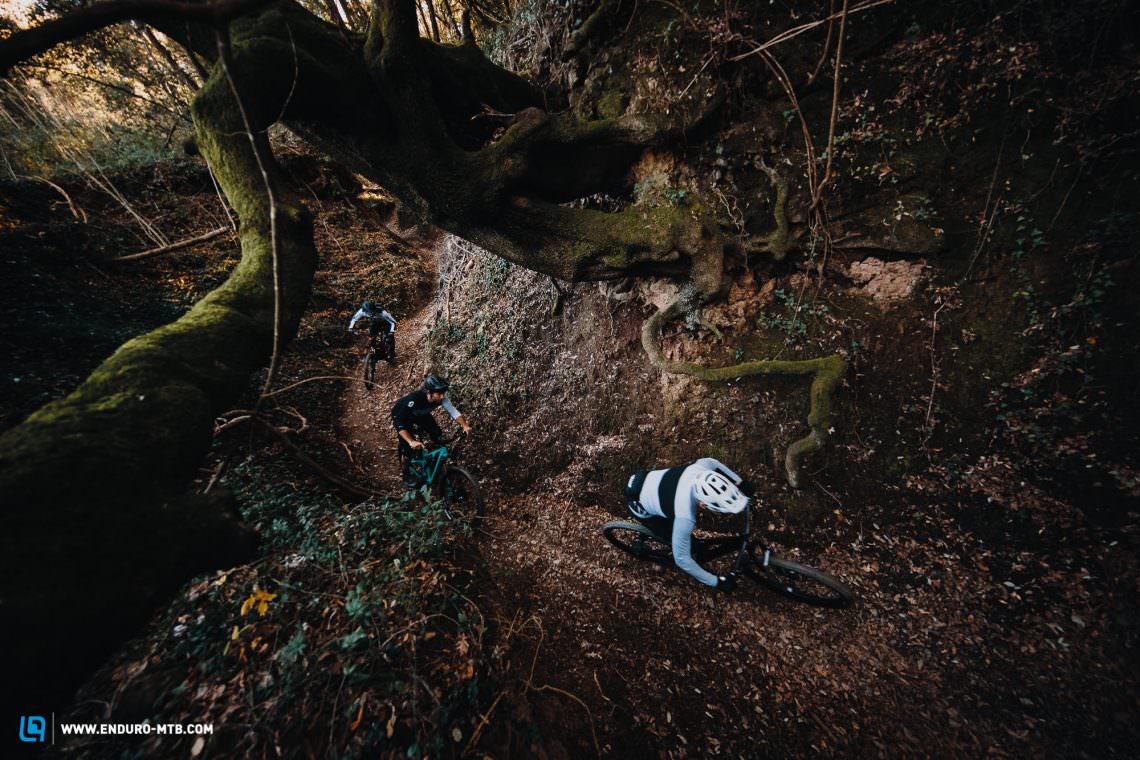
The test field
The past weeks and months have seen some very exciting bikes being launched. The Trek Fuel EX, the new Santa Cruz Hightower, the Orbea Occam, the Nukeproof Reactor and the Norco Optic (recently awarded a Design & Innovation Award) have all attracted a lot of attention. It’s no wonder that we absolutely had to include them in this group test. Of course, we couldn’t ignore the classics in this category and so the Specialized Stumpjumper, Canyon Spectral, YT JEFFSY, SCOTT Genius and last year’s group test winner, the Ibis Ripmo, are back to fight it out for the crown. Just like our recent enduro bike group test, we also included an eMTB in the test field: the brand new Specialized Levo SL. It is striking that apart from the Canyon Spectral, all of this year’s bikes are rolling on 29” wheels. On average, though excluding the Levo SL, the bikes in this group test cost € 7,376 and weigh 13.4 kg.
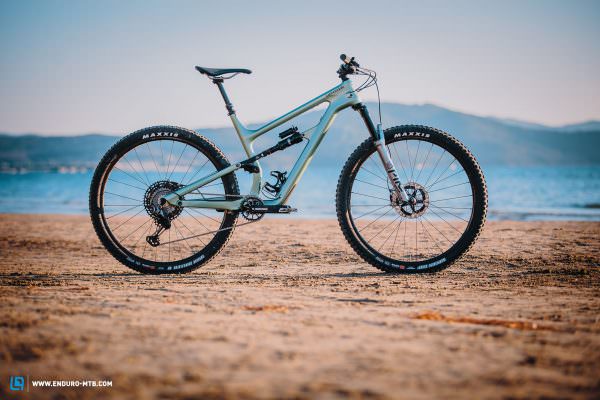

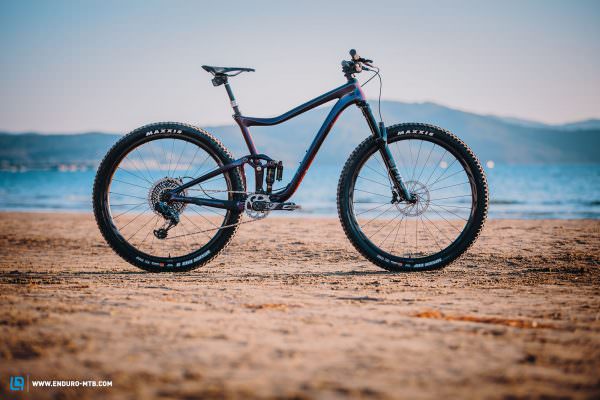

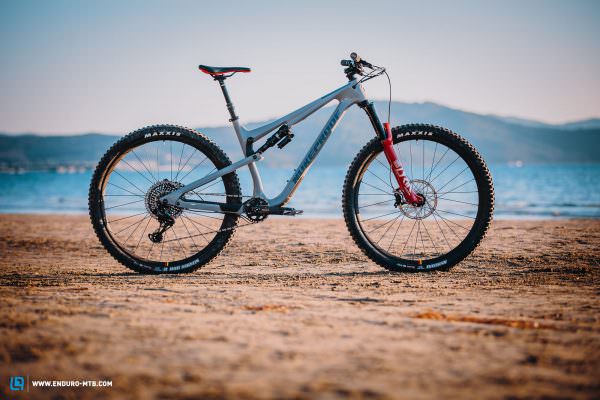
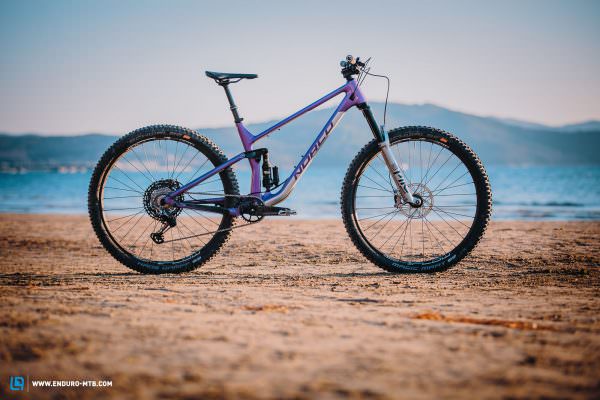
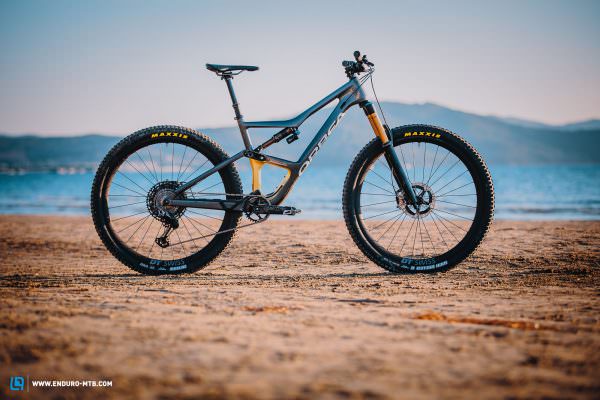
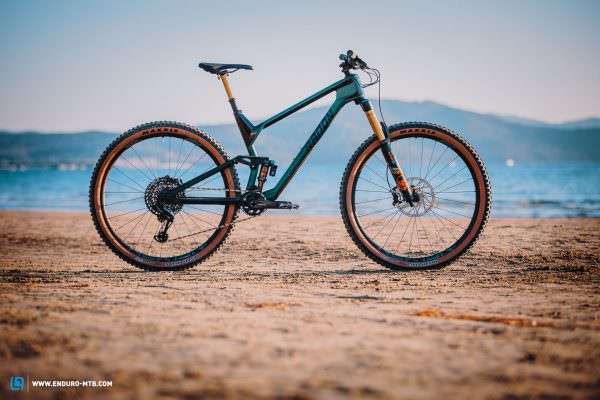

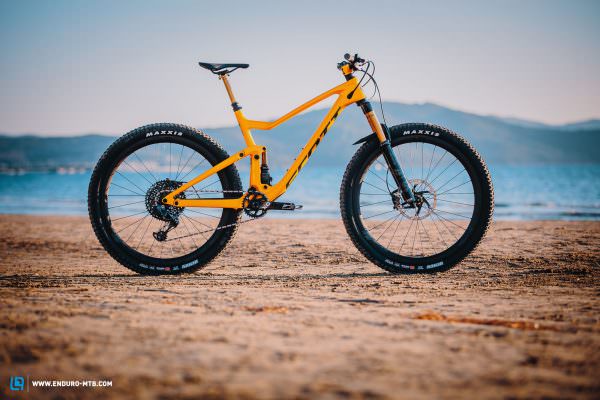


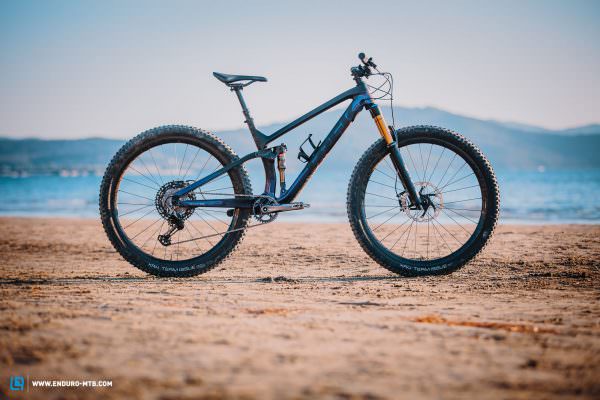
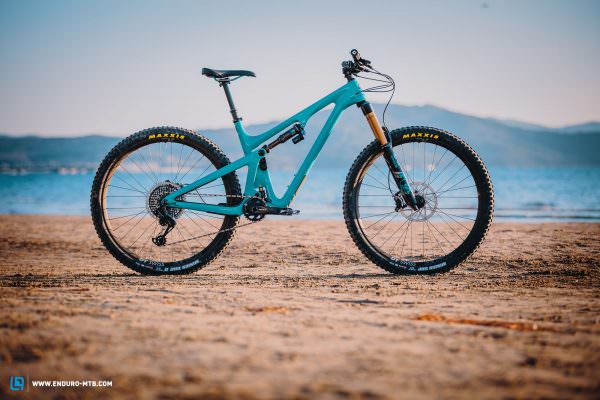
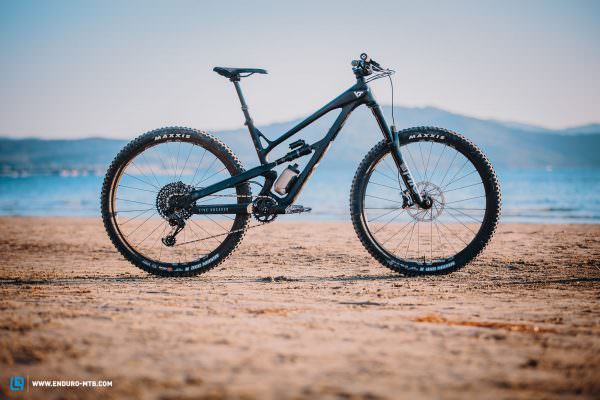
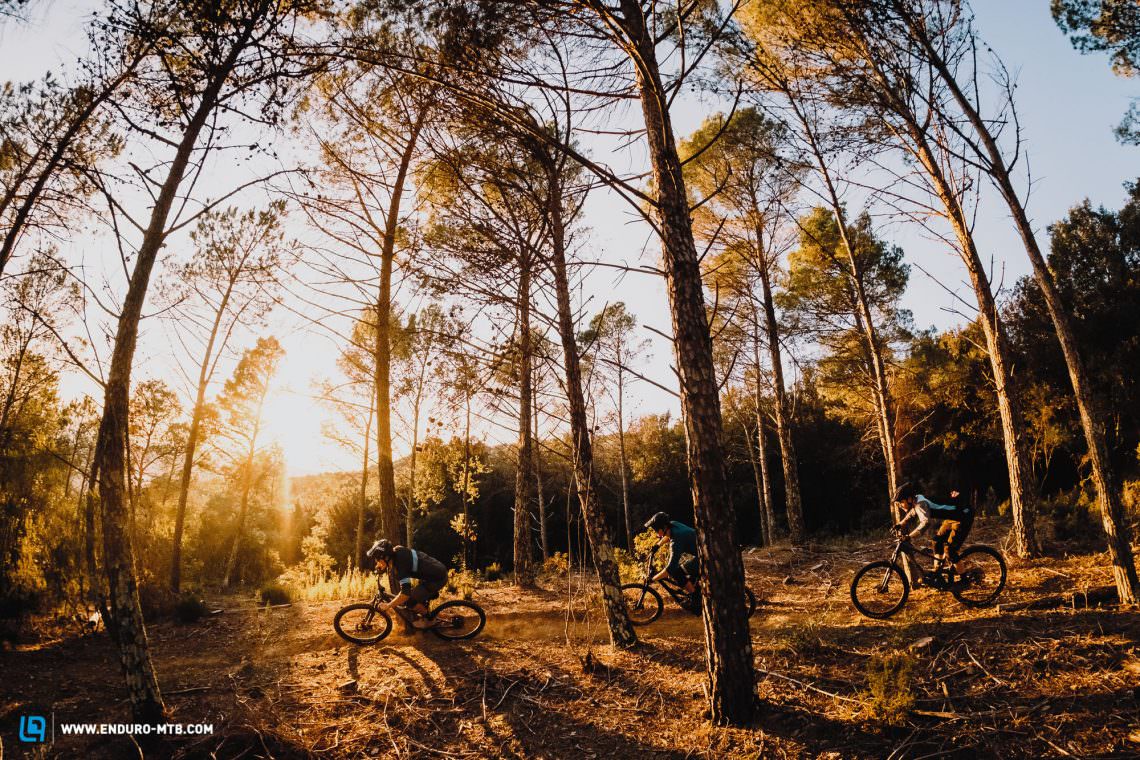
Why did we include an eMTB in this trail bike group test?
We’ve seen a clear trend: every year more ENDURO readers state in our annual reader survey that they’re interested in eMTBs. In the last survey, almost 47% of the 18,930 participants stated that they’re interested in eMTBs. While 40% of our readers are indifferent about eMTBs, only 13% see them as a no-go. For this reason alone, but also due to the developments in the industry, it was clear to us that ENDURO has to engage with the topic of eMTBs. Thanks to our sister magazine E-MOUNTAINBIKE, our editorial team has gained an incredible amount of know-how on the subject over the years, which we made use of for this group test.

When we started planning this group test, we already knew that Specialized would launch a particularly exciting new bike shortly before the release of this issue – the Levo SL. We knew in advance that it would be a lightweight eMTB based on the legendary Stumpjumper and the Specialized Levo. The latter is the best eMTB currently on the market. Due to its decreased weight, the Levo SL sounded like a super exciting candidate for this group test. After all, one of the main criticisms of eMTBs from traditional mountain bikers often concerns their increased weight. That meant we quickly decided to include it in the group test. Having reviewed the NOX Helium and Lapierre eZesty in the past, we already had an idea of how much potential there is in this new type of light eMTB, but during our testing, it took us completely by surprise again. But more on that in a moment.
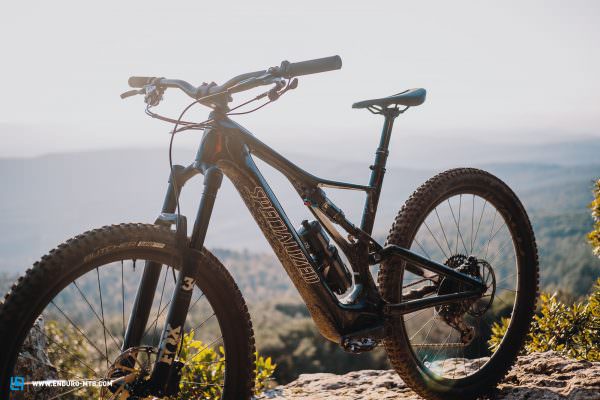
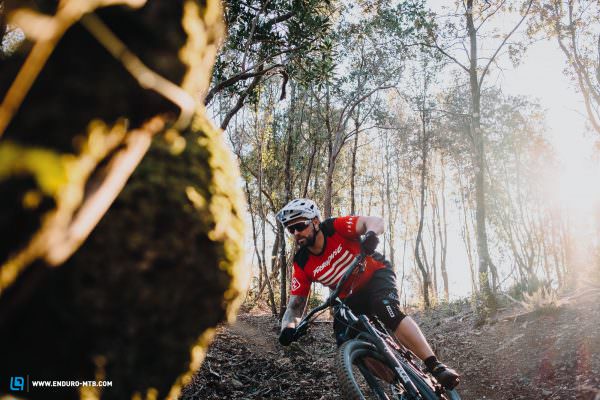
Why is bike XYZ not included in the test?
This question pops up after every group test and the answer is relatively simple. On the one hand, the number of bikes in our tests is limited, so we concentrate on the most popular brands from our reader survey. On the other hand, there are always brands that don’t take up our invitation to take part in the group test. In this case, both COMMENCAL and Pivot declined to send us a bike. Last but not least, availability can also be a problem. We ride the bikes a few weeks before they’re officially released and often brands don’t yet have any available for reviews.
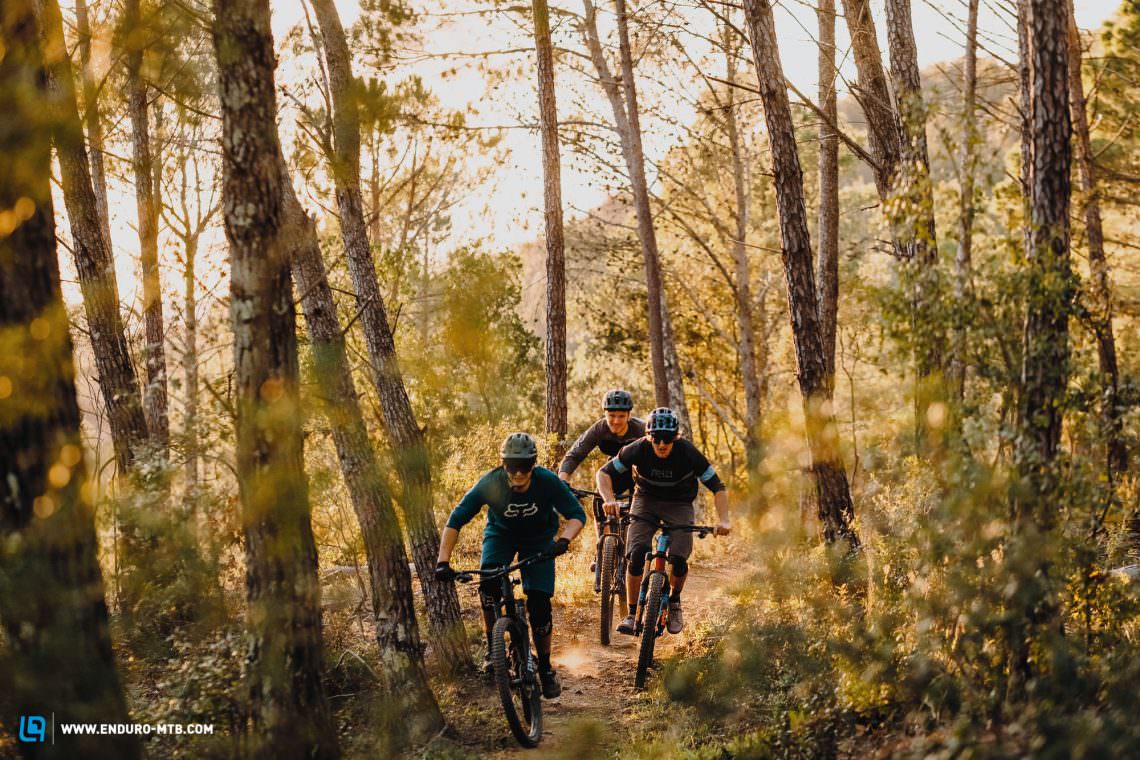
Where and how did we review the mountain bikes for this group test?
The range of application for trail bikes is broad, which was exactly what the test conditions had to mimic. As is common practice in all of our group tests, the bikes weren’t only ridden by different riders in different regions, but we also compared them head-to-head for one whole week on a carefully chosen test track. To this end, we returned to Massa Vecchia once again. The Tuscan trail paradise has served as our base camp for group tests many times before and besides super-diverse trails and sunny weather, you can’t help but love the Italian flair. The Trail Brothers team and others have created a one-of-a-kind network of trails at the nearby Monte Arsenti, from flowing to rough, it’s got something for everyone. We compared the bikes on the El Nino and Freeride trails, but we regularly rode the Rock ‘n’ Roll Queen, Benedetto and Scopine trails as well. Obviously, we didn’t make use of the shuttle services – after all, the climbing capabilities of a trail bike are just as important as it’s descending prowess. Besides forest service roads, we also took on a lot of technical climbs.
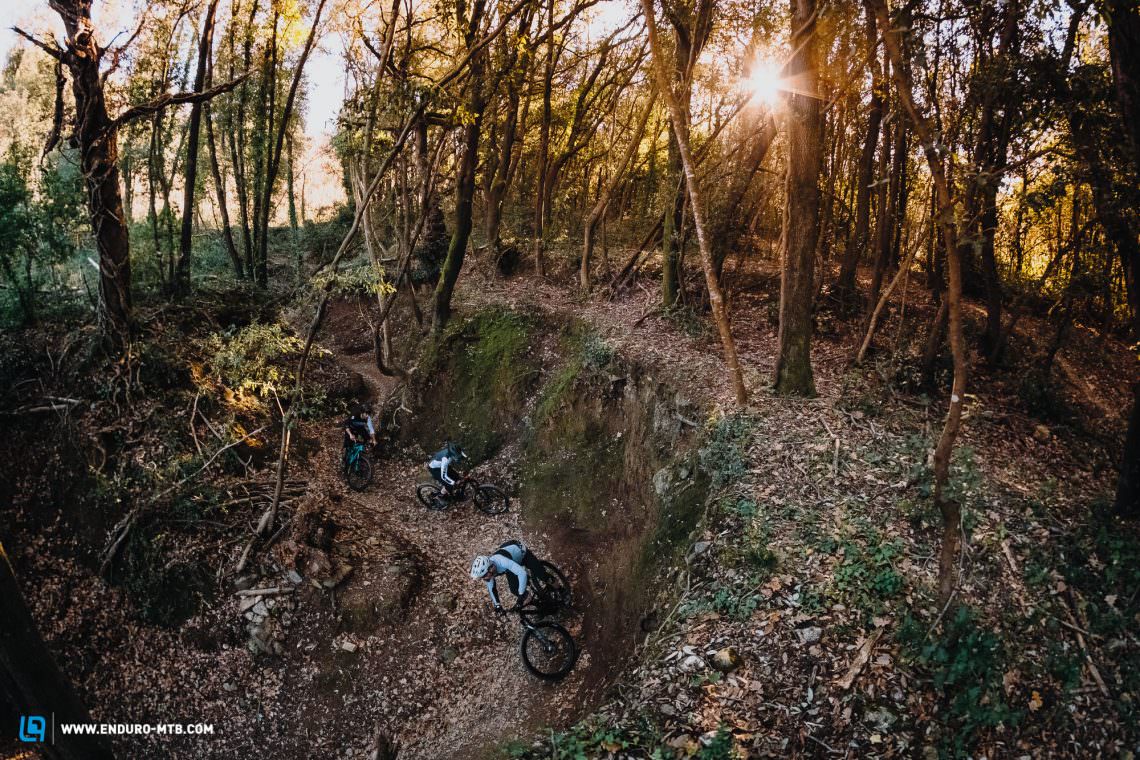
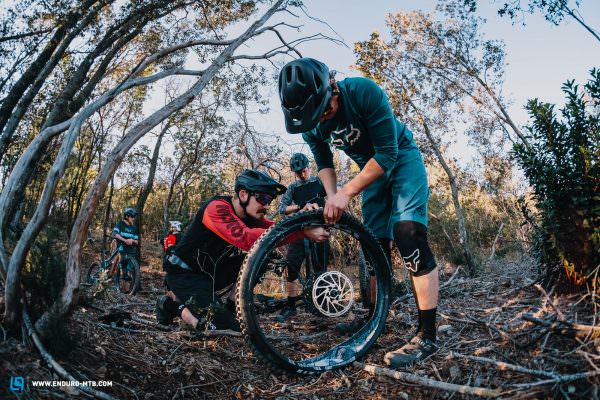
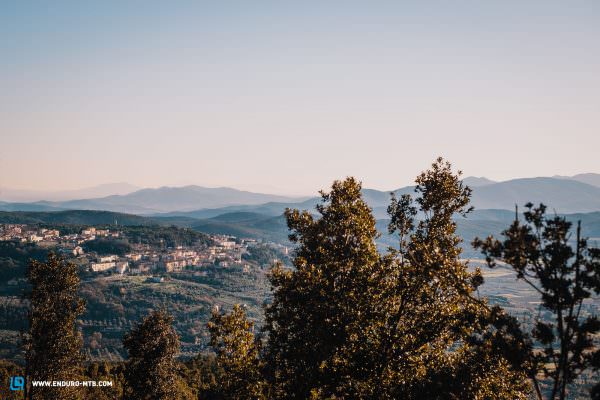
Who tested the bikes?
We doubled the size of our test team for this group test. As a rule, we always have three to four testers ride the bikes at ENDURO in order to get the most complete picture possible – this time it was eight! From the weekend warrior and bike park shredder to the bikepacker and suspension nerd, we included every sort of rider!

“To me, the best trail bike is one big compromise. It doesn’t have to be perfect in every situation,but it has to be able to handle every situation very well. It is the one bike for everything that you jump on and know you’ll always be well equipped.”
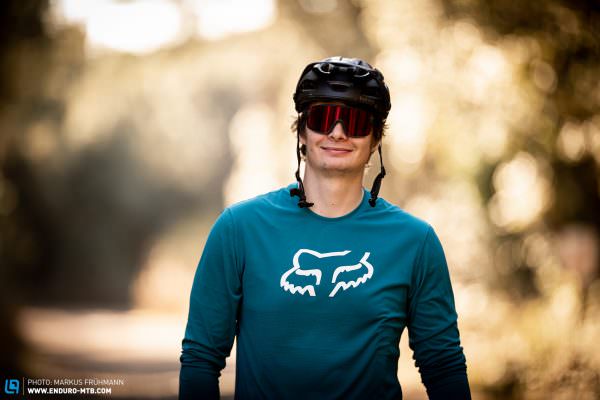
“Fast, direct and anything but gentle – that’s probably the best way to describe my riding style. I want a bike that motivates me to ride even faster and that doesn’t give in too quickly.”
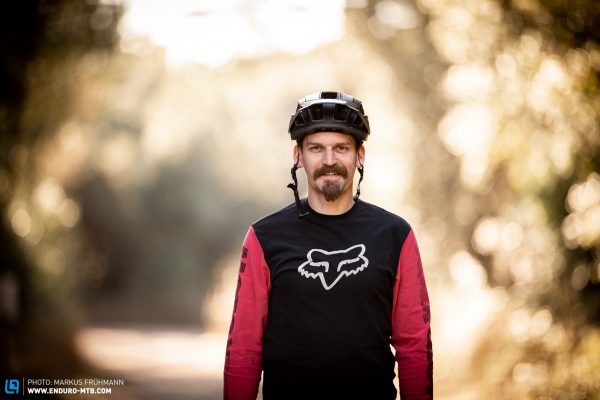
“Full throttle action is not my thing – I like going easy on the climbs and descents and want a bike that allows me to take my skills to the next level. Intuitive and predictable handling is essential.”
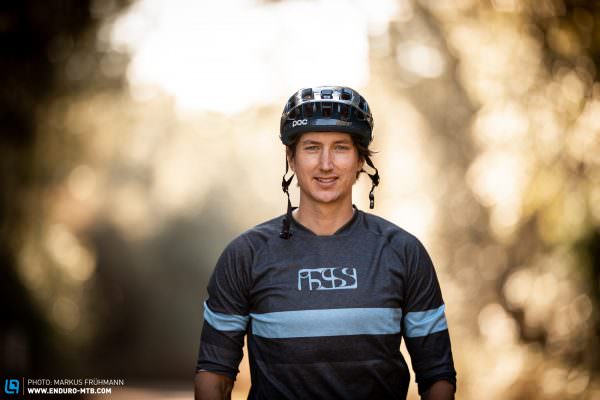
“Agility is just as important to me as speed and I also love catching big air. I used to spend a lot of time at the dirt jumps, so I look for a bike that can take a beating and also handles really well in the air.”
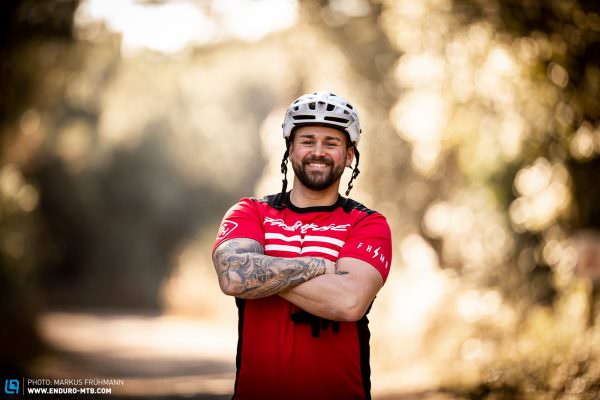
“My biceps are thicker than most bikers’ thighs, and since muscles are known to be heavier than fat and my riding style is not always super clean, I need a bike that can withstand a lot of abuse. During the week I mainly ride flowing trails, but I like it rough on the weekends, so more travel is a plus for me.”
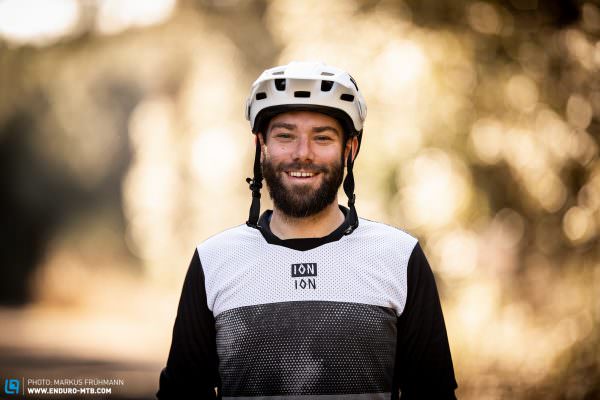
“There’s never a lot of time left between family and work. When I go riding, I start on my doorstep. So, I want a fast and efficient bike that is a lot of fun to ride from the get go.”
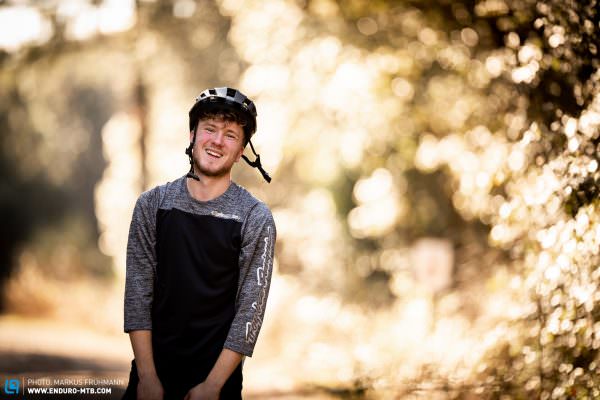
“Loose is probably the best way to describe my riding style because it’s no fun when you’ve got everything under control! I love drifting through corners and sometimes just hitting jumps blind. Agile and fun handling is particularly important to me. However, the bike can’t be slow because I race against my buddies on weekends.”

“I don’t talk about my age any more than I do about the weight of my bikes – to be honest, neither of them matters in isolation. I ride my bike whenever possible and that’s quite often. In addition to plush suspension descents, I value comfort on the climbs.”
The most exciting findings from the trail bike group test
Group tests don’t only serve to find the best bike in a certain category but are also the perfect indicator by which to evaluate new trends and developments in the industry. When else do we have the opportunity to compare so many bikes directly against each other? This group test also revealed some exciting findings that could play a decisive role in your bike purchase, or simply keep you up to date and informed when you chat with your mates on the trail.
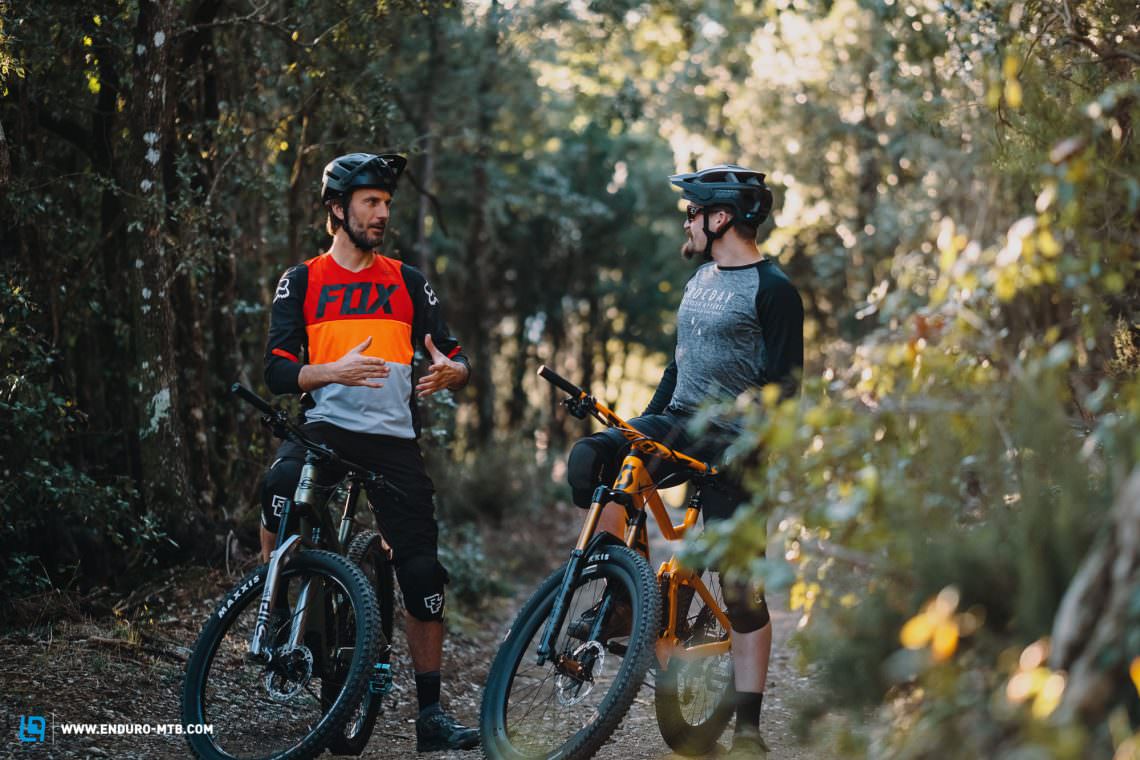
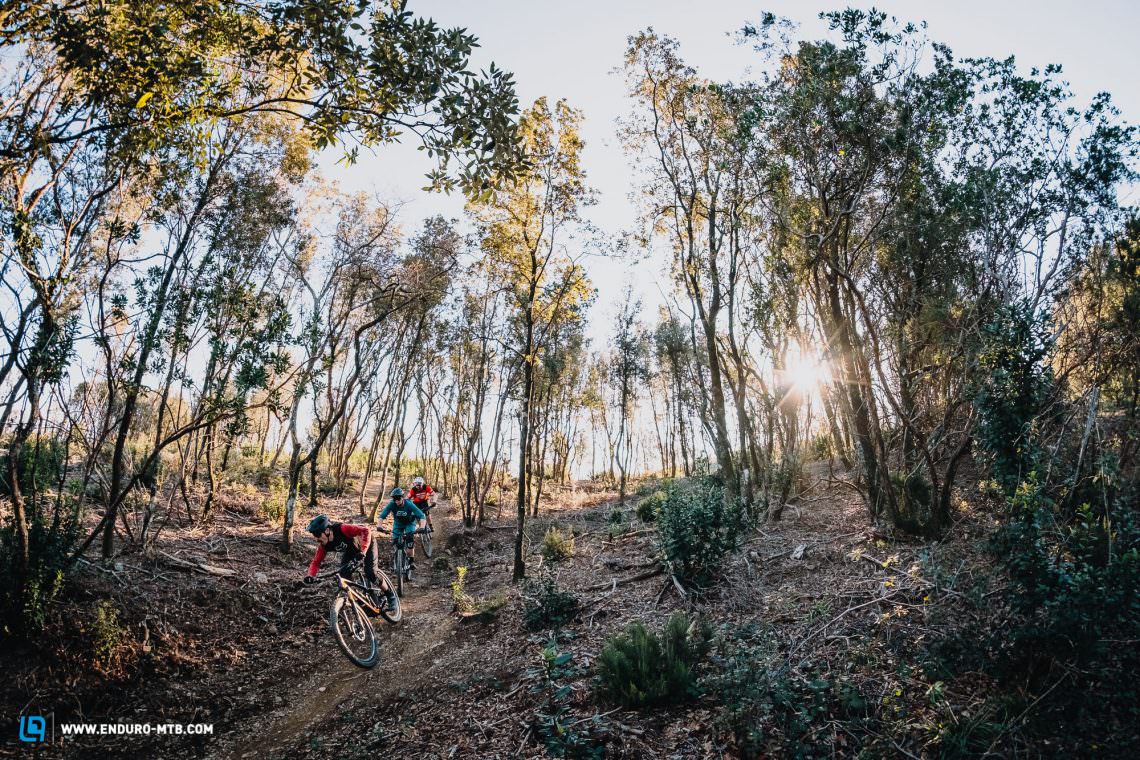
Don’t trust any seat tube angle that you didn’t fake yourself
If you compare the bikes, most geometry tables look very similar on paper, but often their handling is worlds apart on the trail. One value that you can’t trust is the seat tube angle. Case in point, the Cannondale Habit and the Nukeproof Reactor are almost identical with 74.5° and 74.6° seat tube angles respectively, but while you feel like you’re sitting way over the back of the Cannondale, the pedalling position on the Nukeproof is super central. On the Habit, the effective seat tube angle slackens out significantly as the dropper post gets extended thanks to a pronounced kink in the seat tube. In contrast, the straight seat tube on the Reactor means the effective seat tube angle remains roughly the same. In addition, suspension and sag also have a strong influence on the pedalling position. If the rear end wallows on the climbs, the seat tube angle slackens even further. That’s all to say that instead of memorising geometry tables, it is better to take a closer look at the bike itself and, ideally, take it for a test ride.

Light wheels are worth it, light tires are not!
Trail bikes thrive on quick, direct handling and efficient suspension. If you step on the pedals, you expect propulsion! In addition to the suspension, a bike’s acceleration depends heavily on its rotating mass. If the wheels are heavy, the bike will feel sluggish trying to get up to speed. In this group test, light wheels such as the Roval Traverse SL on the Specialized Stumpjumper have proven themselves to be an effective performance boost. While you could also fit lightweight tires, that would be like driving a Ferrari with a spare wheel that’s limited to 25 km/h – it just doesn’t make sense. Grip, damping and puncture protection are definitely more important here than weight savings. With the exception of the Orbea, Trek and SCOTT, no brand showed any real weakness with regards to tire choice. If you’re looking for a fast-rolling combination with an aggressive profile, but you can accept compromises in damping, we can recommend the 2.3” MAXXIS Minion DHF and DHR II as on the Giant Trance 29. If you want a little more grip, damping and puncture protection, use the same tires but in the 2.5” or 2.4” WT width.

Travel is limited for indicating the classification of bikes
In the past, bikes were often categorised based on the length of their travel. Today, however, travel tells us very little about the handling of a bike. A 130 mm travel bike can feel astonishingly cumbersome while a 150 mm travel bike can be very agile. Bikes with almost identical travel, such as the Norco Optic and Nukeproof Reactor, can offer completely different handling characteristics. Instead of being put off by too much or too little travel, we recommend that you read our reviews and ideally test ride the bike extensively on different trails.
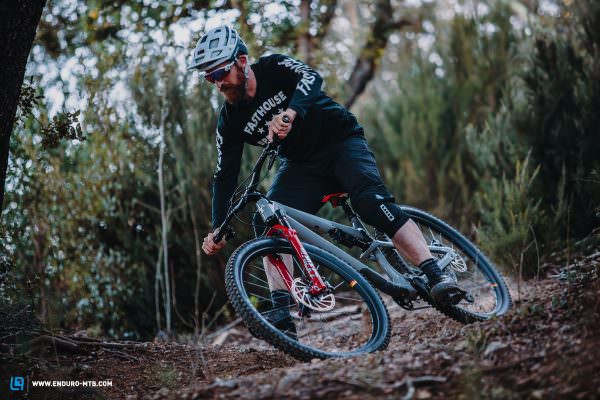
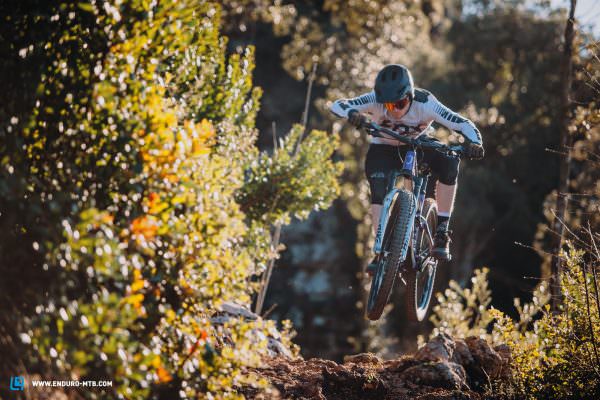
For trail bikes, 29” is the wheel size of choice!
We declared 27.5” to be dead from frame size medium upwards after our most recent enduro bike group test and we’re seeing this development even more clearly on trail bikes. No wonder: there was only one bike in this group test favouring the smaller wheel size – the Canyon Spectral. With its 27.5” wheels it’s super agile and very fleet-footed to ride, but 29ers have come a long way in this regard while also offering a lot of other benefits besides, such as improved rollover characteristics and increased grip. On a trail bike, where efficient climbing and balanced handling are essential, we can’t see any advantages in running mixed wheel sizes with a 27.5” at the rear and 29” up front. The only exception here is for particularly short riders up to around 165 cm tall. A bike with mixed wheel sizes benefits from better rollover behaviour at the front while staying agile thanks to the smaller rear wheel and usually shorter chainstays. For everyone else, 95% of the time we recommend stick with a pure 29er for now.
The invisible force – stiffness and its consequences
Many riders love to memorise geometry tables and to philosophise about the different aspects of suspension. But there is a dark force that often has a big influence on a bike’s handling that is difficult to assess on paper – we are talking about stiffness. It is not even possible to define exactly how much stiffness is good and when it starts becoming negative. However, one thing is clear: stiffness is noticeable on the trail. That difference is most pronounced when comparing the super stiff Orbea Occam with the very flexible rear end of the Radon Slide Trail. The rule of thumb for us at ENDURO is: as stiff as necessary while offering as much flex as possible. This provides grip, traction and saves you energy while riding.
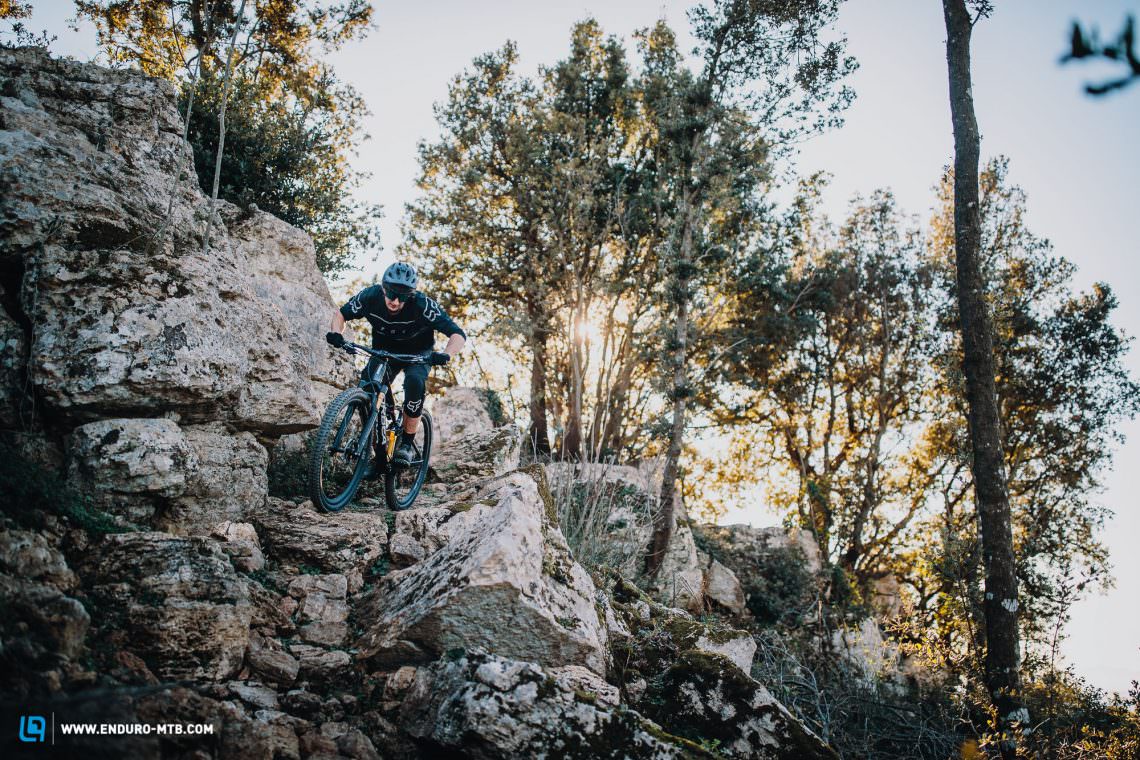
Shimano and SRAM – the eternal battle!
In the last few years, things have been quiet in Shimano’s camp – instead, the market was dominated by SRAM’s Eagle. Now Shimano have made an impressive comeback with their new 12-speed drivetrain, particularly with its very smooth shifting and powerful clutch mechanism, which is even more effective at suppressing chain-slap than SRAM Eagle. Eagle, on the other hand, offers crisper shifting with a shorter lever action.
When it comes to brakes Shimano was considered the ultimate in reliability for many years. However, even if there is nothing to complain about in terms of the stopping power on their current model and we prefer the friendlier mineral oil brake fluid, we find the loud rattling of brake pads and the constantly wandering bite point on many of Shimano’s brakes to be very annoying. We would rather resort to SRAM CODE RSC brakes instead. Underpowered brakes with small rotors, such as those used on the Giant Trance 29, have no place on a trail bike as they get ridden on steep and fast terrain too.
The contact points are crucial
Every human body is unique and so the contact points of the bikes are subject to our test riders’ personal preferences. Nevertheless, we were able to identify some components that none of our eight riders could get on with: the saddles and grips some brands spec on their bikes almost amount to assault. SDG’s saddles and grips made a particularly poor impression in this test. Not only do they lack good ergonomics, the grips are super hard too. Particularly on long rides, a good saddle and high-quality grips can do a lot to increase riding comfort. If possible, we recommend having these parts upgraded in the shop before you buy the bike. The unanimous favourites were the ODI Elite Pro grips which offer good damping and lots of grip and the super comfortable WTB Silverado saddle on the Yeti SB130.
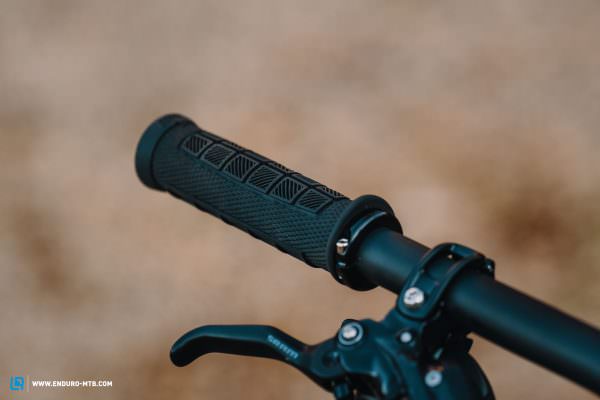

The Specialized Levo SL is not an eMTB. It’s a trail bike with a motor
When we included the Specialized Levo SL in the test, we actually wanted to compare the best trail bikes with an eMTB. However, the Levo SL turned out to be more of a trail bike with a motor than a classic eMTB. For a detailed review on how the bike rides and in which aspects it differs from the Stumpjumper and Levo, read the separate article we dedicated to this topic further on in this issue. One thing we can say for sure is that this bike sets new standards. Similar to the way that suspension forks, disc brakes and dropper posts have revolutionised mountain biking, so will the small and compact Specialized SL 1.1 motor also have an impact. What started out as an experiment for this group test quickly emerged as the most important development of the year. The 17.7 kg Levo SL Expert descends like any other trail bike in the test field. Pop off obstacles and lips or pick up the front wheel to manual – it’s child’s play on this bike! The motor can give you a proper push on the climbs if needed but it’s just as much fun to ride the bike with minimal support and to really tire yourself out. If you need or want more support, that Superman feeling is a simple click away on the remote. If you run out of battery power, it’s not a huge problem on the Levo SL because you can still pedal it comfortably without the support of the motor.
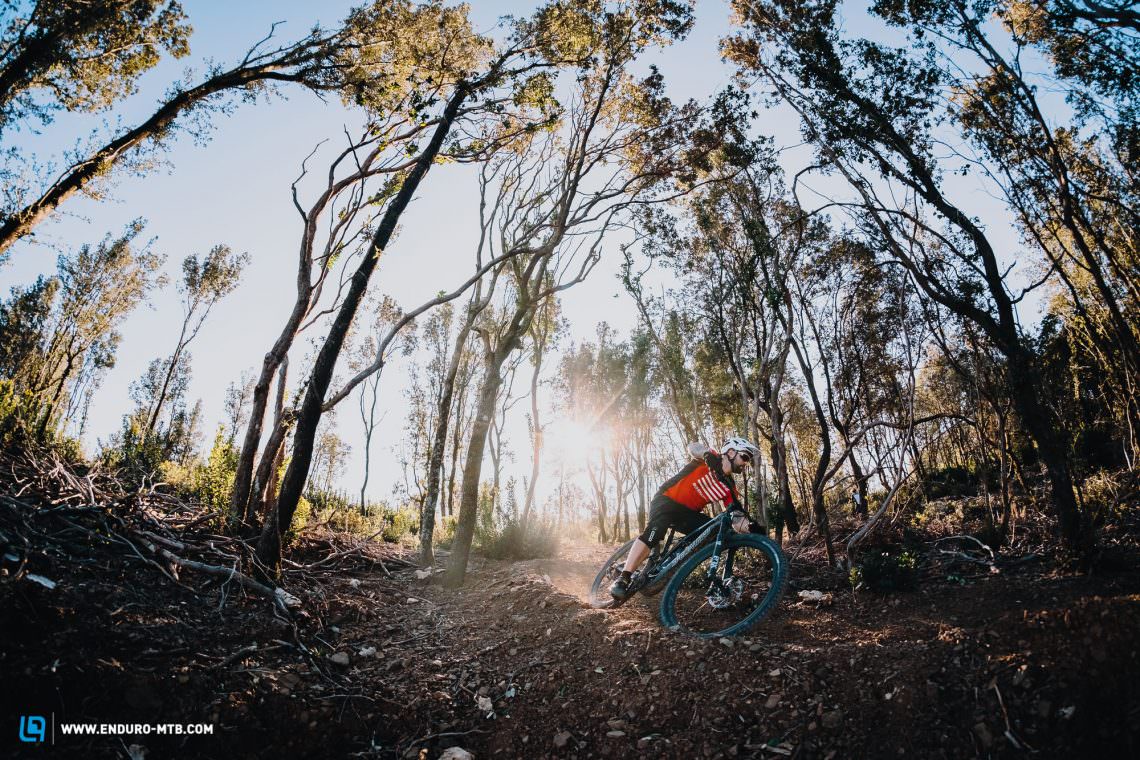
The tops and flops of the group test
Which components have proven their worth, which solutions are particularly smart and where is there room for improvement? We don’t hold back in the tops and flops of this test.
Tops
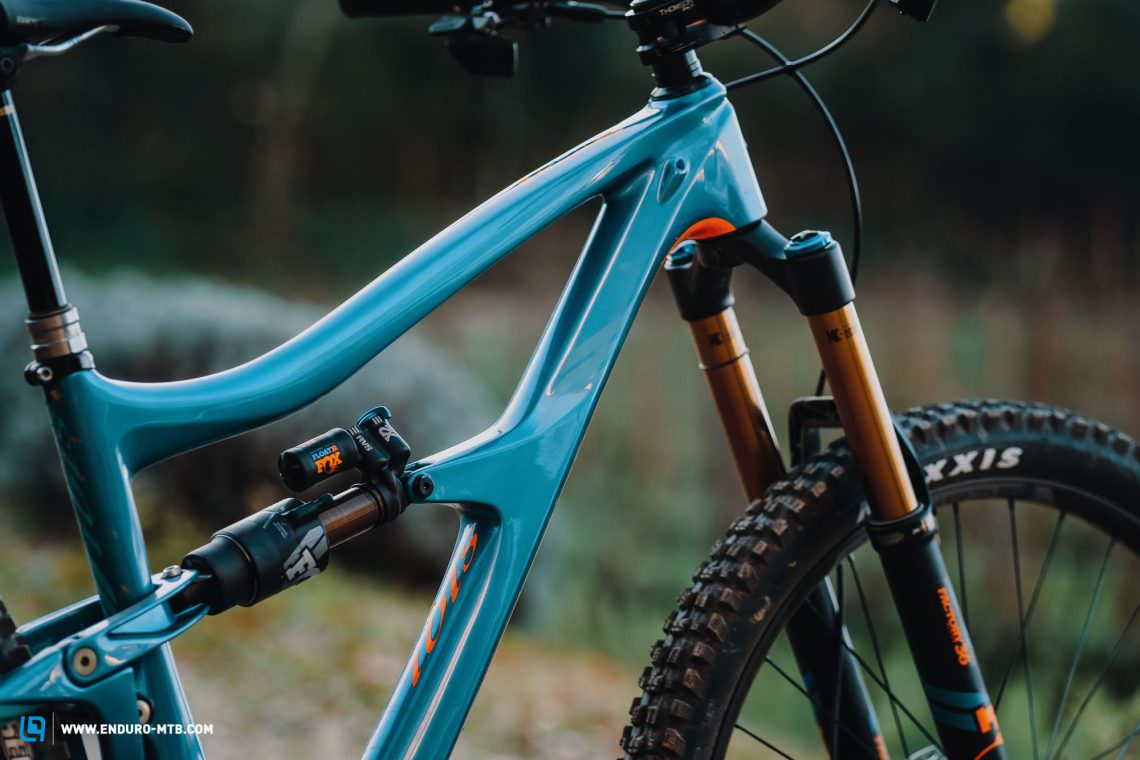
The standover height on the Ibis Ripmo in combination with the 170 mm dropper post guarantees maximum freedom of movement. Nukeproof, Norco, Santa Cruz and Yeti also rely on long travel dropper posts – excellent!
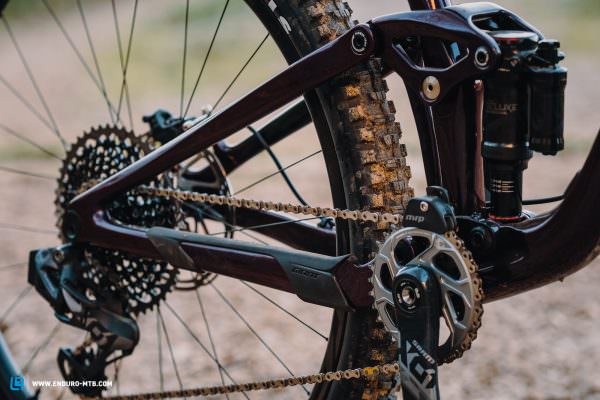
Giant spec their Trance with a 2.3″ MAXXIS Minion DHF/DHR tire combination. The bike retains its direct handling while offering enough grip and traction.

Despite the small battery, the Levo SL can still do long days – the motor is efficient and an optional range extender the size and weight of water bottle provides up to 50% additional battery capacity. Positive: the additional weight is almost imperceptible on the descents.

Specialized’s Roval Traverse SL wheels convinced us thanks to their quick acceleration without being overly stiff.
Flops
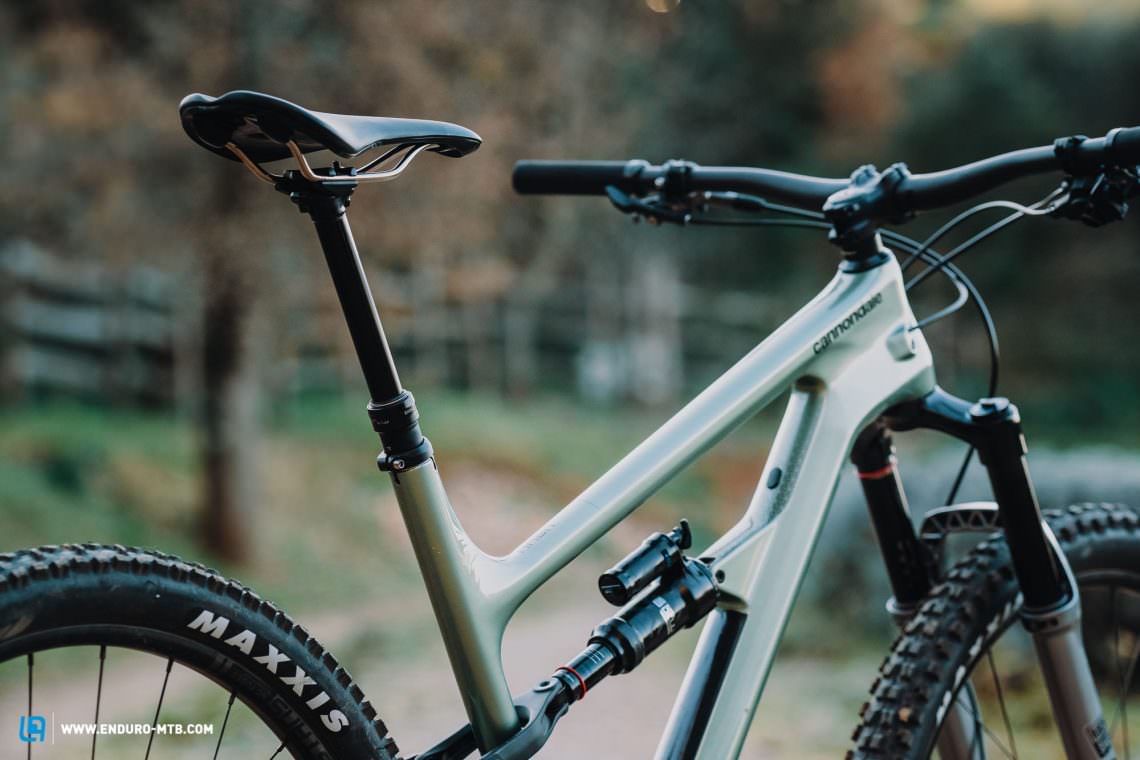
The seat tube angle of the Cannondale Habit is very slack, putting your weight too far back as you pedal up the climbs – pushing the saddle forward helps.
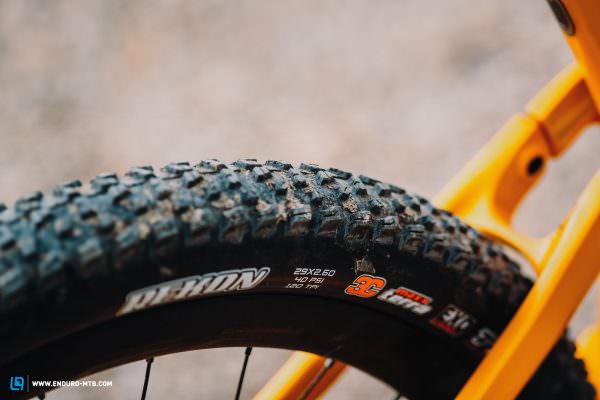
The MAXXIS Rekon tire fitted to the rear of the Orbea Occam and the SCOTT Genius offers inadequate puncture protection and too little grip – replace it as soon as possible. We also recommend replacing the Bontrager XR4 tires on the Trek Fuel EX immediately.
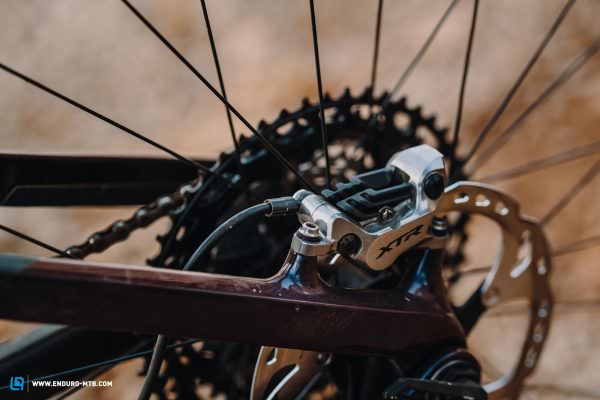
On some bikes, the brake pads of the Shimano XTR brake rattled loudly. Stiff carbon wheels and frames amplify the noise – super annoying!
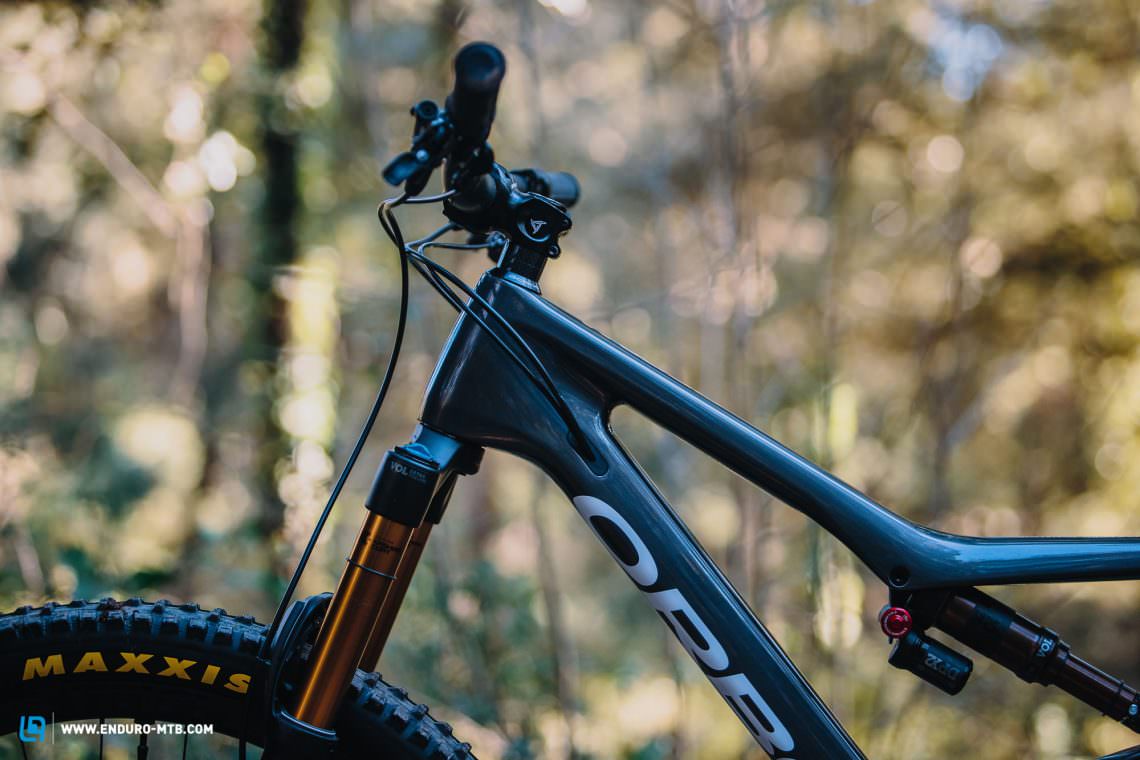
The cables in the frames of the Norco, Cannondale and Orbea rattled loudly despite the guides and clamps. If you want peace and quiet, you’ll have to come up with your own solutions here.
The best trail bike of 2020: the Ibis Ripmo AXS
It’s here to stay. The Ibis Ripmo was the defending champion going into this test and ended up holding on to the top spot. It’s still the best trail bike in 2020! But what makes the American bike good enough to outshine the competition for two years running?
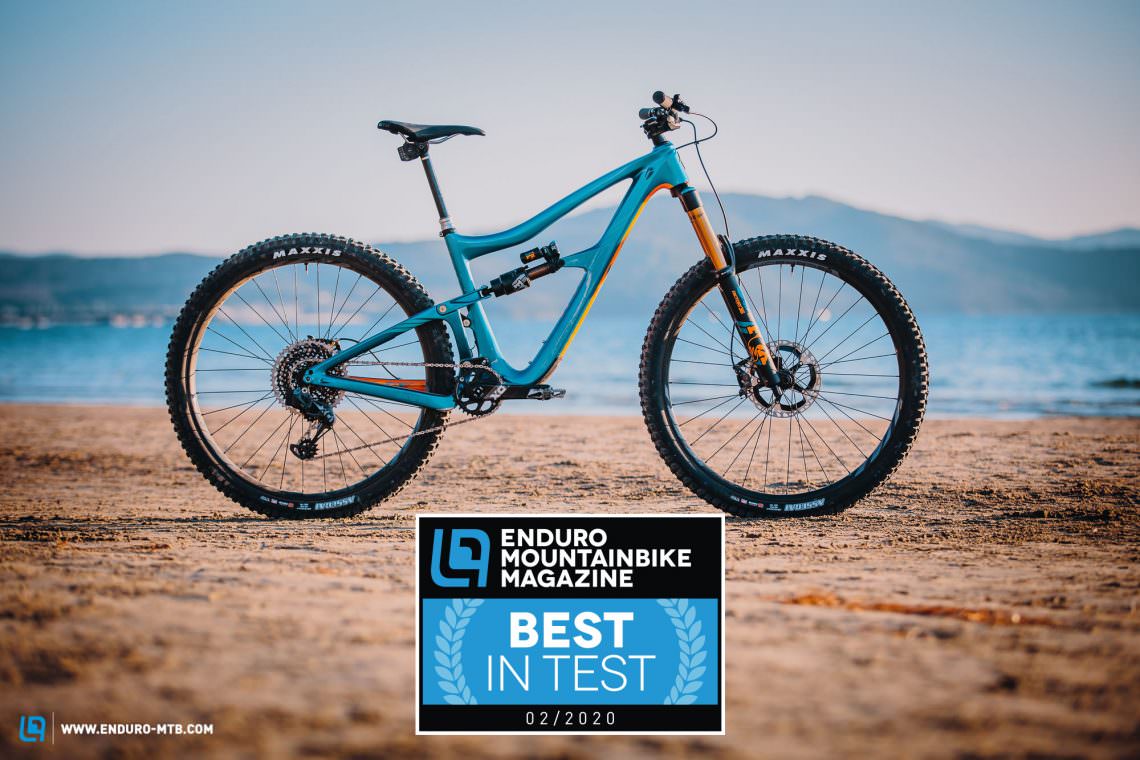
The king is dead, long live the king! Once again, the Ibis Ripmo was able to assert itself as the most versatile and best trail bike of the group test. None of the new players managed to knock this bike off its throne. The Ripmo continued to impress us with its excellent pedalling position, efficient suspension and high-quality frame. On the descents, the Ripmo is the most versatile bike in the test field. From simple flow trails to a shuttle day in Finale Ligure, the Ibis simply does it all and it never gives you the impression that you’re on the wrong bike. It is rounded off with carefully specced, super functional componentry, where we can only really criticise the annoying rattling of the Shimano XTR brake pads. If you’re looking for a classic, do-it-all trail bike, this is it! The Ibis Ripmo is our Best in Test and thus the best trail bike of 2020.
Click here for the Ibis Ripmo AXS review
The biggest surprise of the group test: the Specialized Levo SL Expert Carbon
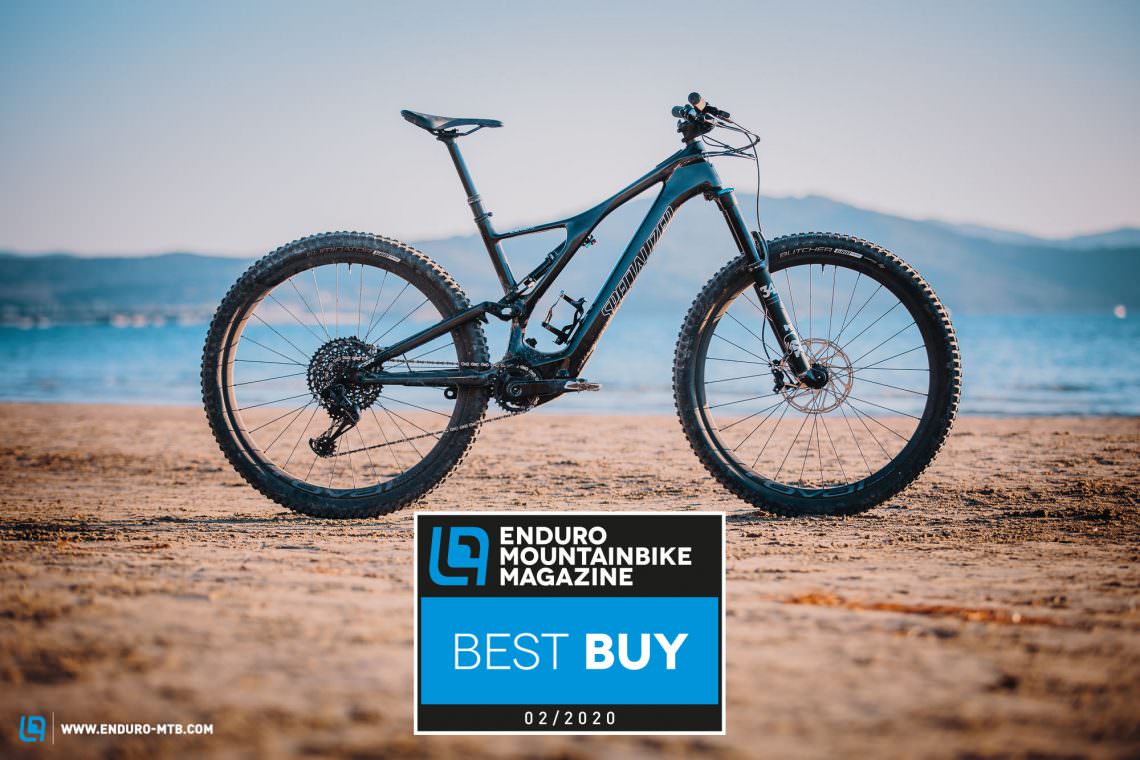
However, there was one bike in the test field that put an even bigger grin on the faces of our eight-person test crew, eliciting many involuntary cries of joy: the Specialized Levo SL. Some of our test crew have more than six years experience with eMTBs and have also ridden lightweight eMTBs like the Lapierre eZesty and the NOX Helium. But none of us have ever ridden a bike that is as well thought out as the Levo SL! While it may be officially an eMTB, its agile handling belies that fact, differing only slightly from that of a non-motorised bike and making it feel more like a trail bike with a motor. The Levo SL is the logical evolution of non-motorised bikes and takes the riding experience to the next level! If you buy this bike, you get the handling of a classic trail bike with the benefits of an eMTB, minus the disadvantages you would get with a classic eMTB. We think the Specialized Levo SL Expert Carbon represents the next level of mountain biking and therefore secures this group test’s coveted Best Buy tip!
Here is our review of the Specialized Levo SL Expert Carbon
Other exciting trail bikes
The greatest strength of the Ibis Ripmo is its versatility, but this could also be interpreted as its greatest weakness. Although it performs excellently in every situation, it occasionally lacks character or flair in certain situations and for specific uses. However, our test field included five other outstanding bikes that deserve mentioning here and which, depending on personal preferences and where you plan to ride, may even be the better choice for some.
Nukeproof Reactor 290C RS – the enduro bike among trail bikes
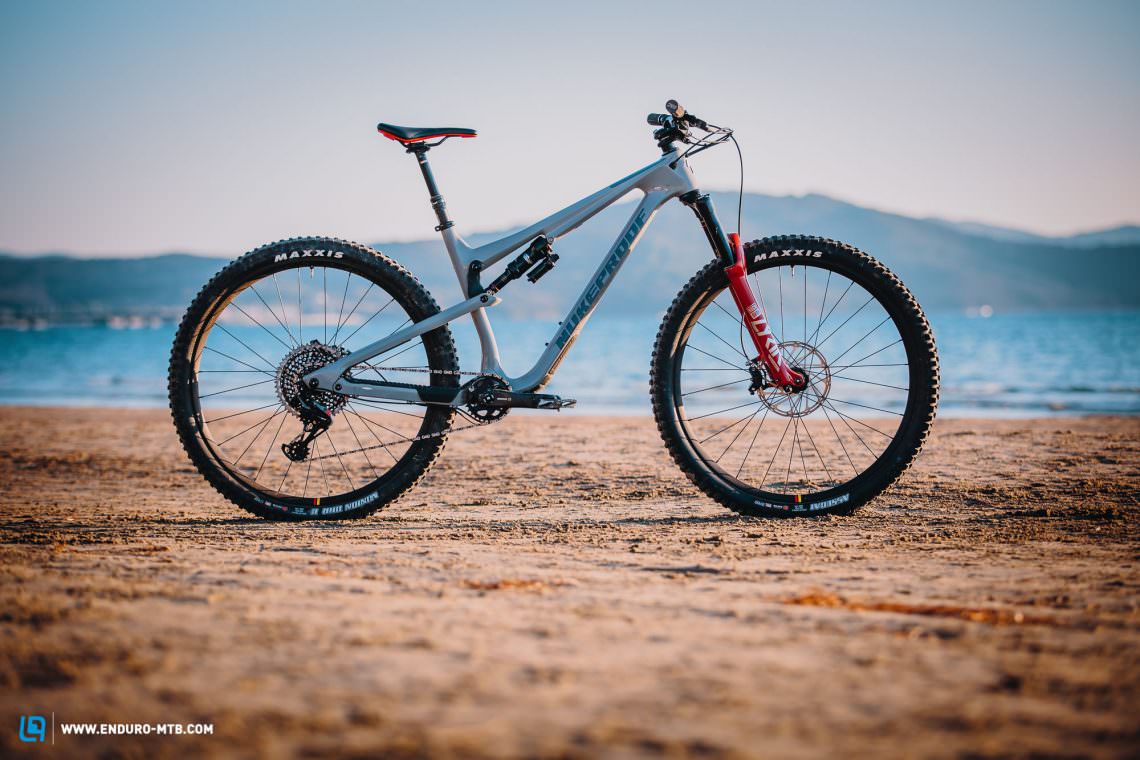
The Nukeproof Mega made a very positive impression on us in our enduro bike group test and here the Reactor also stood out from the crowd. It is the fastest bike on test and on top of that, it’s the most balanced in the corners. Get on and go! The 130 mm travel at the rear feels like a lot more on the descents and we would actually have preferred to ride the bike with a 160 mm travel fork. If you’re looking for a bike with excellent cornering abilities, great suspension, lots of pop and a comfortable pedalling position on the climbs, this is it. If it had lighter wheels, it would probably have scored even better in this group test.
Here is our review of the Nukeproof Reactor 290C RS
YT JEFFSY CF Pro – excellent value for money for those who like to let it rip
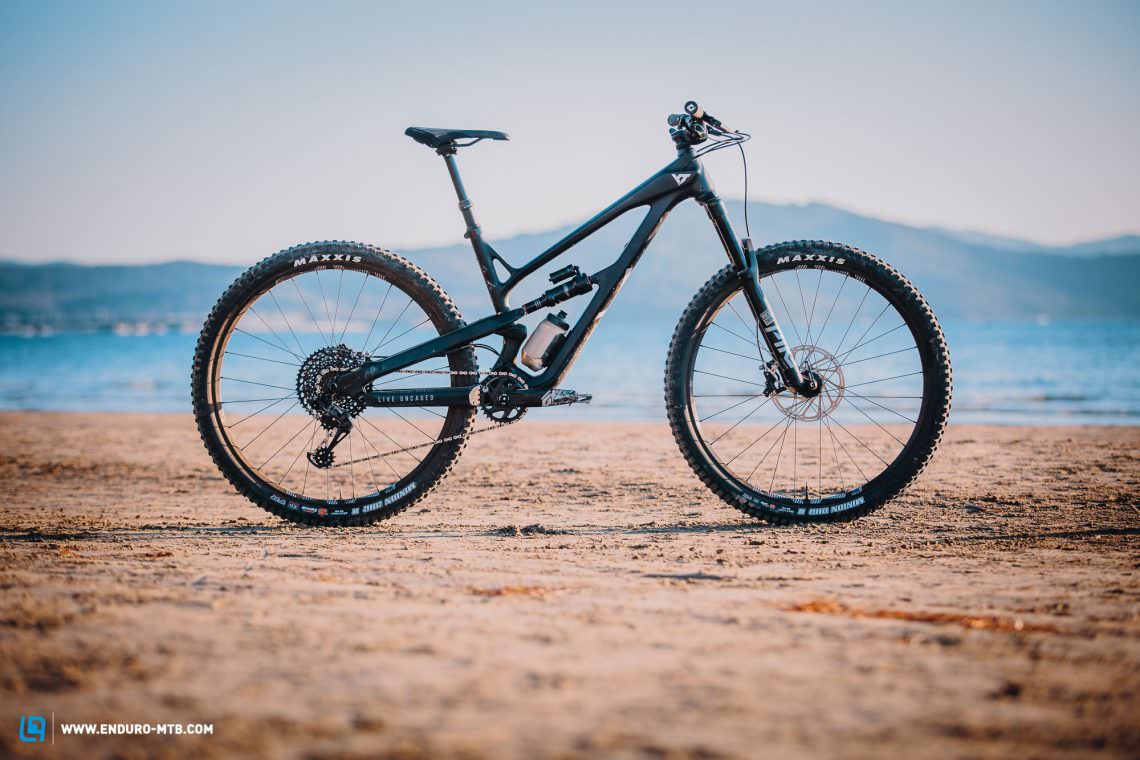
For 2020, the YT JEFFSY CF Pro has been given one centimetre more travel at the rear and, like the CF Pro Race model, now offers 150 mm travel front and rear. YT have combined this with a low slung top tube and plush suspension kinematics, giving you a bike that is lots of fun to ride and that excels on demanding trails. For many, it is guaranteed to be the better all-rounder than its big brother, the CAPRA. On flat, flowing trails and when jumping, the suspension absorbs a lot of energy and the rear end wallows slightly. Volume spacers can help to a limited extent, but the suspension lacks the all-round qualities necessary for the test victory. That said, on the climbs the bike revealed no weaknesses.
Here is our review of the YT JEFFSY CF Pro
Norco Optic C1 – fun from the very first meter

Get on and go is the motto on the Norco Optic. The bike’s super direct handling fires your synapses from the first turn of the cranks! With a firm 125 mm travel at the rear and 140 mm up front, the bike responds to rider input immediately. With each pedal stroke and each pump, you pick up speed and the grin on your face grows. Thanks to its long and slack geometry, the bike punches well above what its travel would suggest and masters even the most demanding trails. If you live in the low mountain ranges and are looking for a direct and down to earth bike, you should definitely take a closer look at the Norco Optic!
Here is our review of the Norco Optic C1
Yeti SB130 TLR – fast and capable but also forgives little mistakes
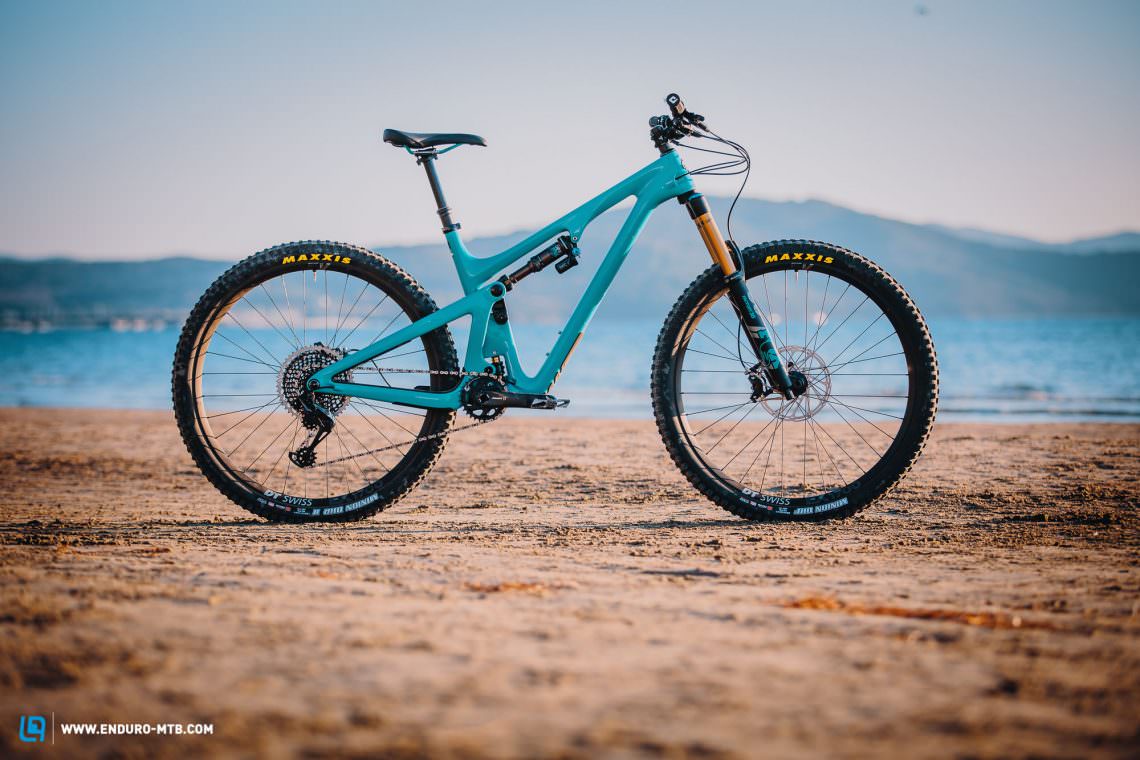
The Lunch Ride Edition of the Yeti SB130 wasn’t the fastest uphill but thanks to its super sensitive, yet efficient suspension, it was by far the most comfortable bike on test. It also filters out bumps on the descents and offers enough feedback from the trail – here the bike is in a league of its own. However, its long front triangle in combination with the short rear end requires a very active riding style. If you’re not careful, you quickly lose grip on the front wheel and wash out. We can only recommend this bike to experienced riders who know exactly what they’re doing.
Here is our review of the Yeti SB130 TLR
Trek Fuel EX 9.9 AXS – the perfect long-distance bike
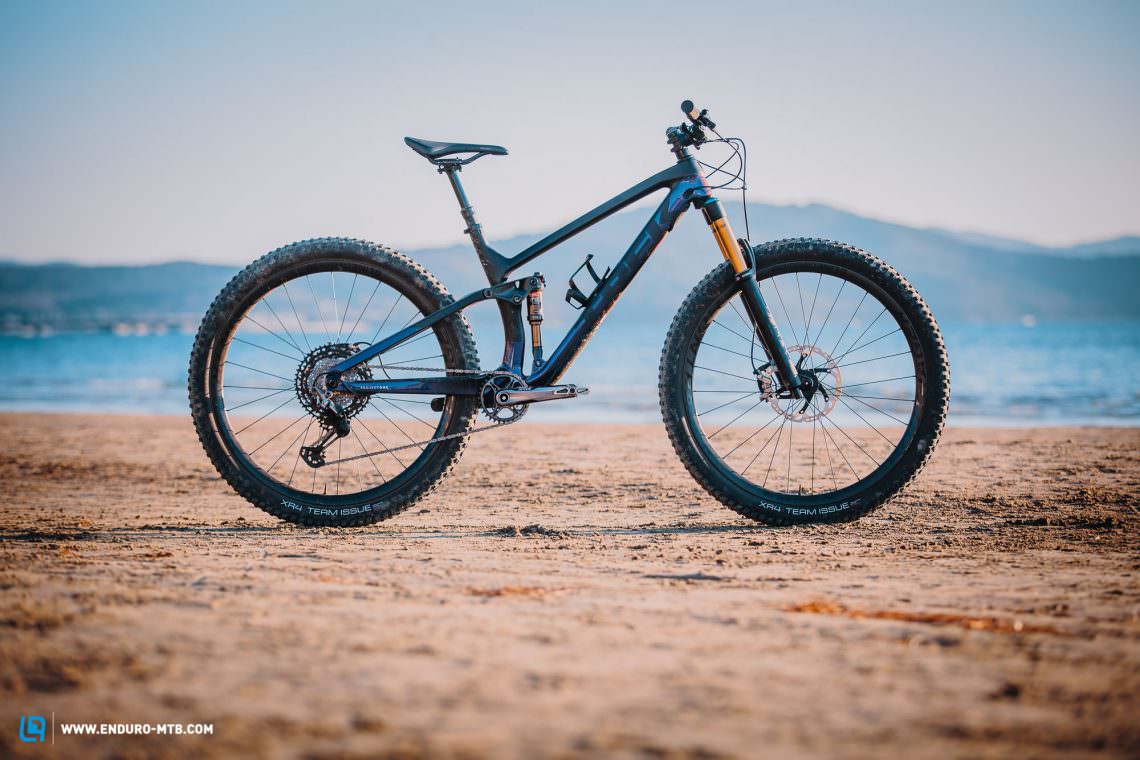
The Trek Fuel EX has won this test in the past and it was among the top contenders here once again. You get that typical Trek feeling the moment you climb aboard, mainly due to the super comfortable riding position and the suspension set-up. The Fuel EX is an efficient and quick climber and it is more than comfortable enough for long days in the saddle. Although the effective seat tube angle slackens as you extend the seat post, it is never too slack. On the descents, the Fuel EX is extremely agile and fun to ride. While the rear suspension feels very defined that also means that it’s not overly comfortable. Thanks to the storage space in the down tube, the most important essentials can be stowed in the frame. Our only point of criticism is the tires – these should be replaced as soon as possible!
Here is our review of the Trek Fuel EX 9.9 AXS
The big losers of the test
Admittedly, you’ll be hard-pressed to find any really bad mountain bikes in the high-end segment in 2020 and there were no total failures in this test either. However, there were some bikes that we wouldn’t recommend to our readers – sometimes in spite of good componentry, balanced geometry on paper, or being well priced.
SCOTT Genius 900 Tuned AXS – stiff, direct and uncomfortable
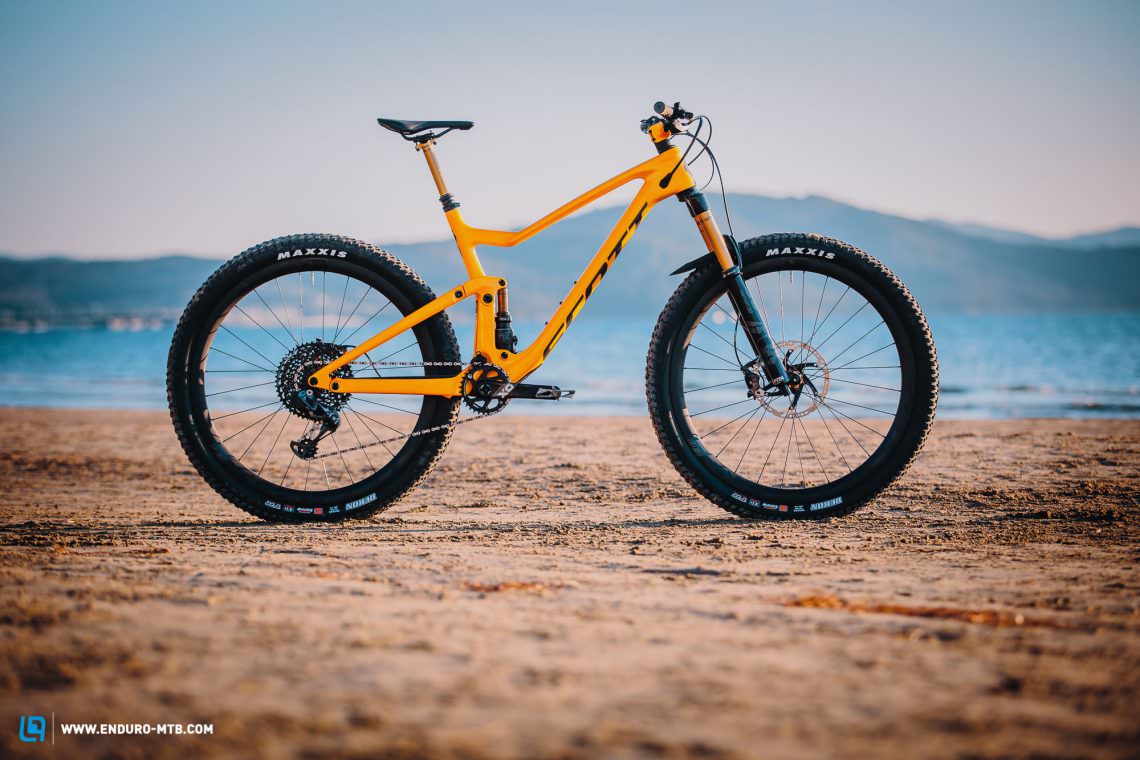
The SCOTT Genius is a bike for a very small target group. The Genius plays in its own league on the climbs where it is super efficient, quick and light-footed. However, the riding position is stretched and relatively uncomfortable, which significantly reduces long-distance comfort. You can’t relax once you’ve reached the trailhead either because the bike’s low front end makes you tense up on the descents. It robs you of confidence through steep sections and the shallow-profiled tires on our test bike made it even worse. The 2.6” wide tire had minimal clearance on the rear and started rubbing the frame as soon as it picked up a little dirt. If you choose the Genius, we recommend mounting a handlebar with lots of rise and narrower, grippier tires with good damping.
Here is our review of the SCOTT Genius 900 Tuned AXS
RADON SLIDE TRAIL 10 – great spec, fair price, but weaknesses in the frame
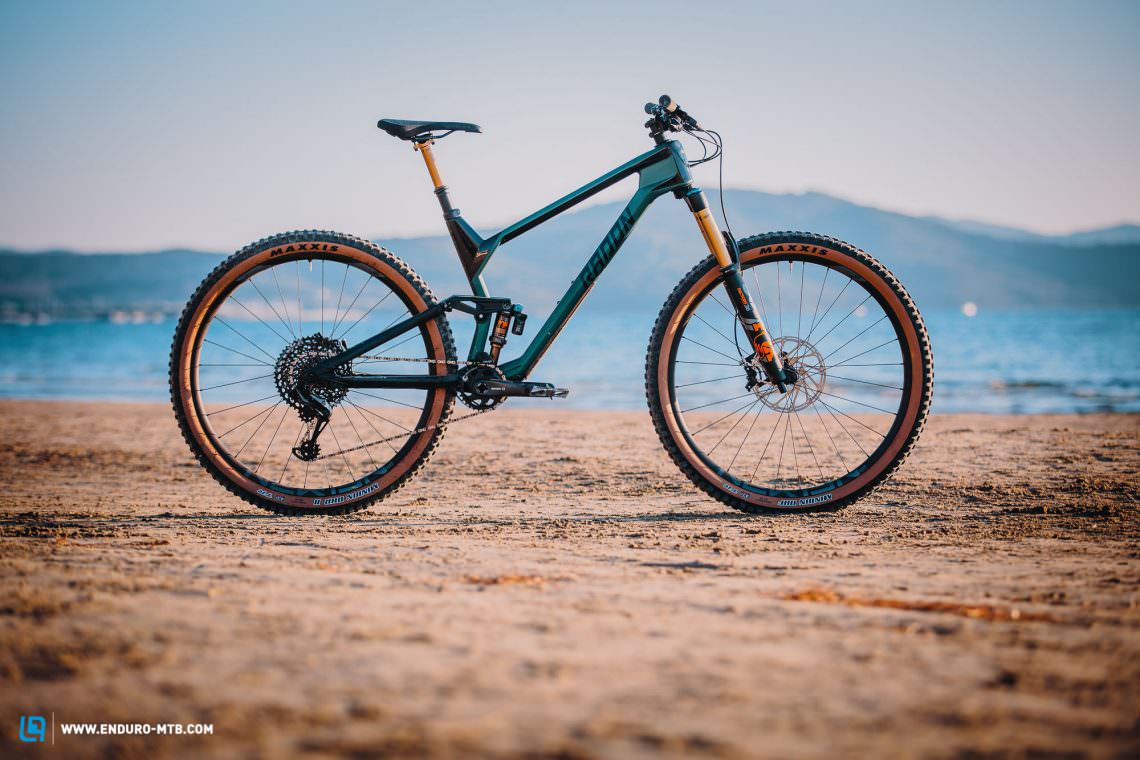
Looking at the price and spec of the RADON SLIDE TRAIL 10, it’s difficult not to order it right away. However, all is not as golden as it may seem. The bike climbs solidly, if you keep the rear suspension in check with the climb switch but downhill, the handling of the RADON becomes very demanding as you pick up speed. Sprinting, there is also so much flex that the tire rubs audibly on the rear linkage. Speaking of tires: the MAXXIS tan wall tires look cool but they’re only available in the hard dual-compound version. We wanted more grip, especially on the front wheel…
Here is our review of the RADON SLIDE TRAIL 10
Cannondale Habit Carbon 1 – a good bike for long rides, but not more

When we think of the Cannondale Habit, images of Josh Bryceland sailing through the air with the bike doing 180s immediately come to mind. Unfortunately, the bike’s handling doesn’t live up to what the marketing promises. The Habit is more of a tame trekking bike and though the rear suspension functions well, the bike becomes more and more cumbersome and sluggish with increasing speed. Climbing, the slack effective seat tube angle and resultant rearward riding position aren’t up to scratch. The Habit isn’t bad, but there are significantly better bikes in the test field.
Here is our review of the Cannondale Habit Carbon 1
All bikes in test: Cannondale Habit Carbon 1 (Click for review) | Canyon Spectral CFR 9.0 SL (Click for review) | Giant Trance Advanced Pro 29 (Click for review) | Ibis Ripmo AXS€ (Click for review) | Nukeproof Reactor 290 (Click for review) | Norco Optic C1 (Click for review) | Orbea Occam M-LTD (Click for review) | Radon Slide Trail 10 (Click for review) | Santa Cruz Hightower CC X01 Reserve (Click for review) | Scott Genius 900 Tuned AXS (Click for review) | Specialized Levo SL Expert Carbon (Click for review) | Specialized S-Works Stumpjumper SRAM AXS 29 (Click for review) | Trek Fuel EX 9.9 X01 AXS Project ONE (Click for review) | Yeti SB130 TLR (Click for review) | YT JEFFSY CF PRO (Click for review)
Did you enjoy this article? If so, we would be stoked if you decide to support us with a monthly contribution. By becoming a supporter of ENDURO, you will help secure a sustainable future for high-quality mountain bike journalism. Click here to learn more.
Words: Photos: Christoph Bayer/Finlay Anderson/Markus Frühmann/Jonas Müssig



